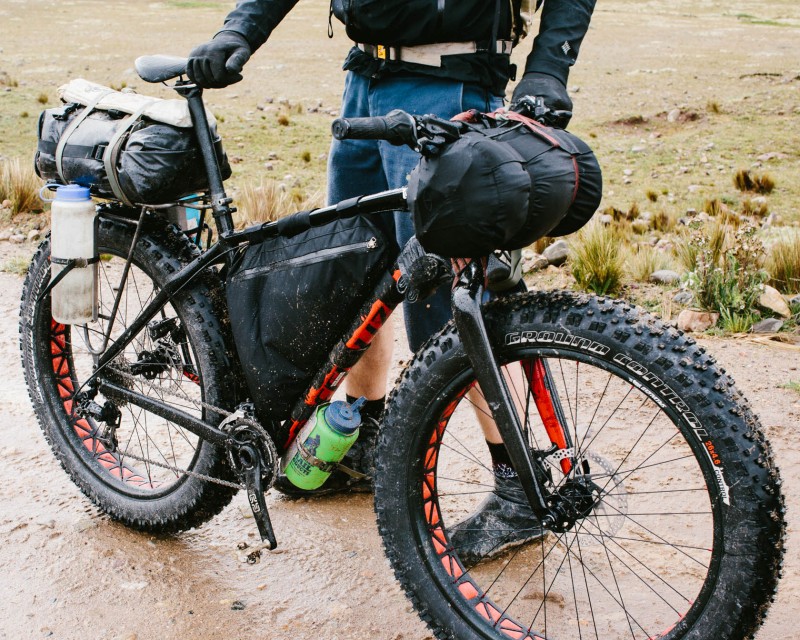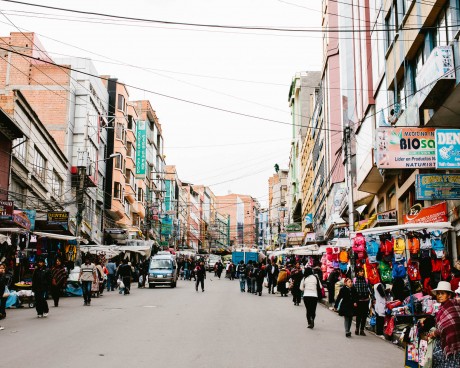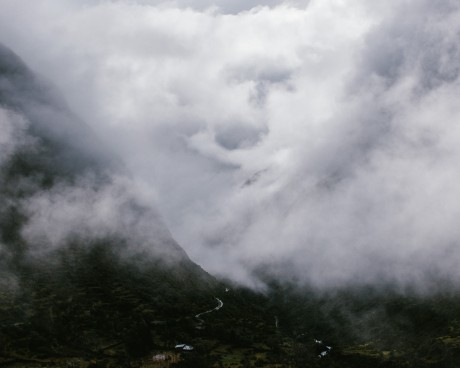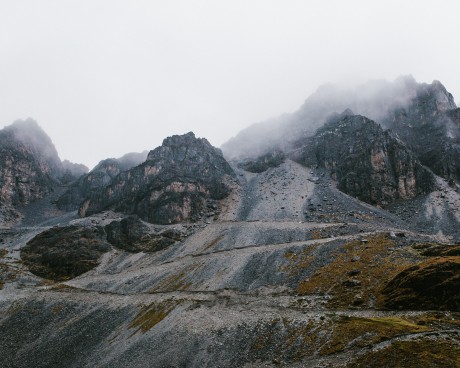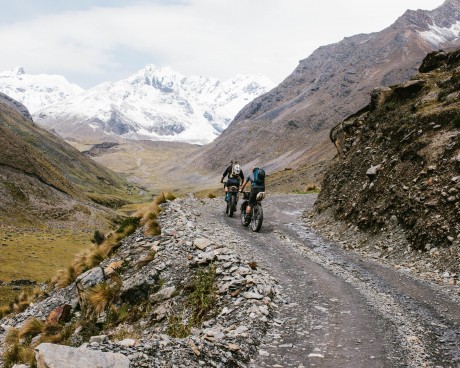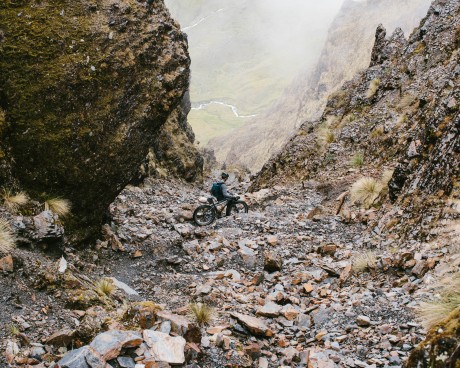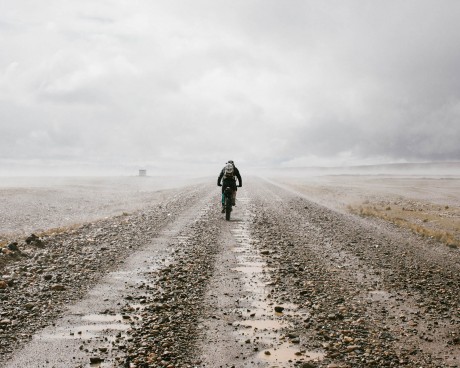
Sunchuli Pass: Day One
SECTION No1 Luck
Is there anything more capricious than luck? The vagaries of this elemental force/idea/figment have catalyzed dynasties and razed empires. It exists; most would agree on that, but what is luck? There are a few who say they don’t believe in it, your ardent rationalists, numbers guys, probability experts who feel like they can just explain luck away. It’s a myth, a matter of faith, just belief. But that just doesn’t sit right with me. Fortune and misfortune do not make for simple math. It might be true that each of us has a different concept of luck - its power, its will - and this is formulated from our own experience. However, one thing that I know to be universally true is that luck is not something that you can depend on, yet it is always something that you need. We were headed into the high and spare Bolivian Andes, our route could be succinctly defined as a good guess, and our equipment had been conceptually but not physically tested. Luck would be in high demand.
ADDITIONAL SUPPORT FOR THIS PROJECT PROVIDED BY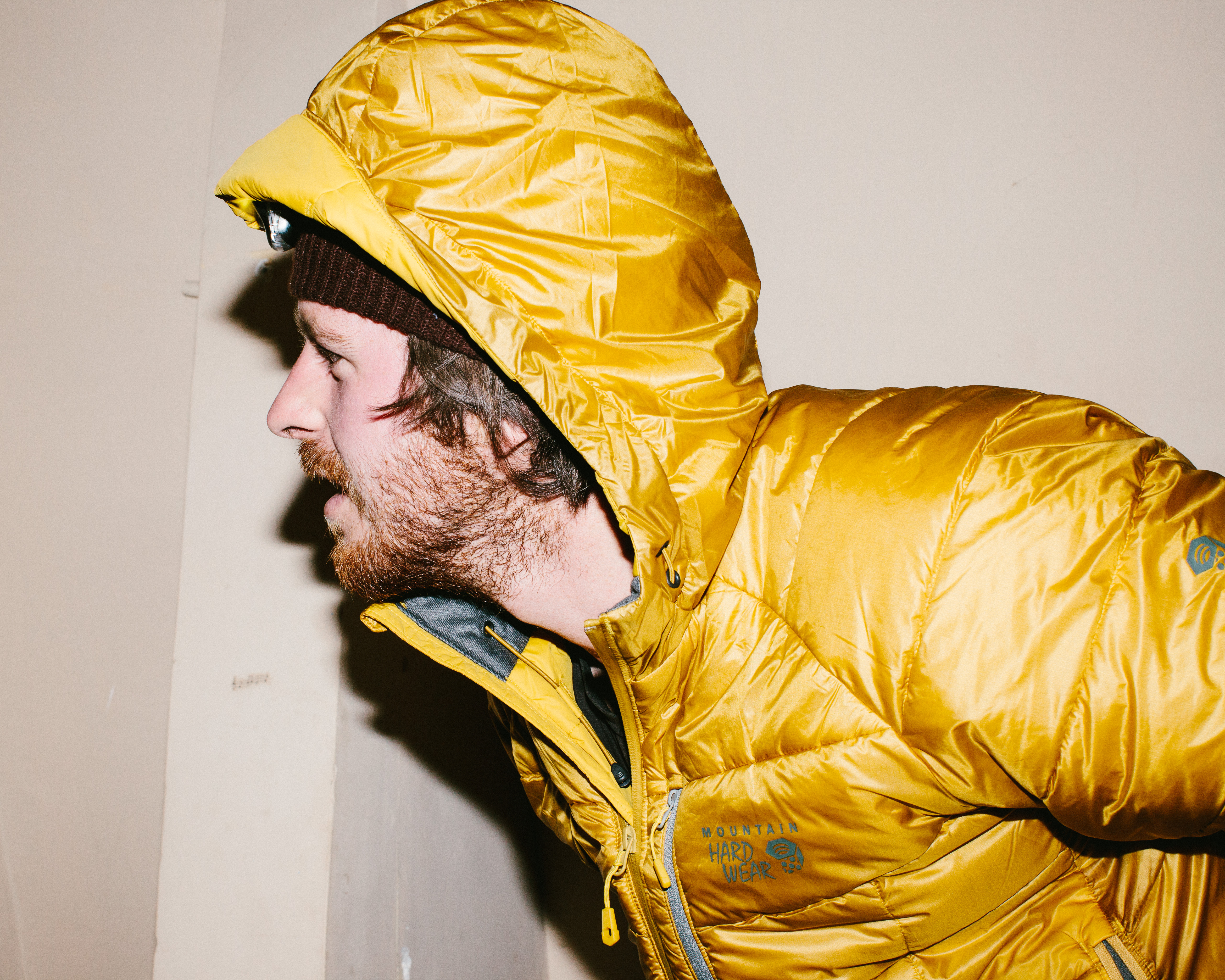 MOUNTAIN HARDWEAR
MOUNTAIN HARDWEAR
There were three of us: Daniel Pasley, Kyle von Hoetzendorff, and James Crowe. Daniel and I work for/are/do Yonder Journal. Daniel takes the photos, cracks the jokes, and thinks through every little detail while I help with the writing, do the grunt work, and in general just try to keep up. James recently returned from a one-year tip to tail and back again motorcycle trip from Canada to southernmost South America, a little adventure called West America. In addition to having fresh on the ground experience, James is a first-rate fabricator and bullheaded character, a can-do/will-do character raised in Whistler on a diet of bicycle racing.
After his trip James had a soft spot for Bolivia, and following much deliberation and a phone call to a wise and well traveled tramping couple he had met on his travels, our destination was settled on trying to ride a little known trekking route in a geographically impressive range of mountains called the Cordillera Apolobambas. Information was scarce since this part of the world hasn’t seen much recreational action, and our planning involved a lot of considered guesswork. This isn’t the type of place that you stumble across in Sip Wine and Snorkel Magazine. The tramping couple James consulted did the route in the 90s, when there was acute anti-American sentiment in the region and very little in the way of infrastructure. We had little reason to believe that any of this had changed.
The Apolobamba range is hard to find on a map even if you know where to look. ”- KVH;Google Earth was our most reliable and accessible resource, and even the mighty Google seemed to have little interest in the area. Maps over much of the route were time stamped from the late 1970s. What facts we could find were not encouraging; we were going to be at high altitude, in fickle weather, on roads of indeterminate condition, in a region that for the past century has been dealing with strife and economic depression that was as much a result of our home nation’s actions as it was of anything else. Palsied by an immensity of incertitude, our crew was even having a hard time choosing the right bicycle to bring. Should we bring the tried and true AWOL that had seen us through the deluge and snow falls of New Zealand, or the yet untested Fatboy with its cumbersome and plodding visage? Yet it was with this decision, seemingly a flip of a coin, that good luck first struck.
ADDITIONAL SUPPORT FOR THIS PROJECT PROVIDED BY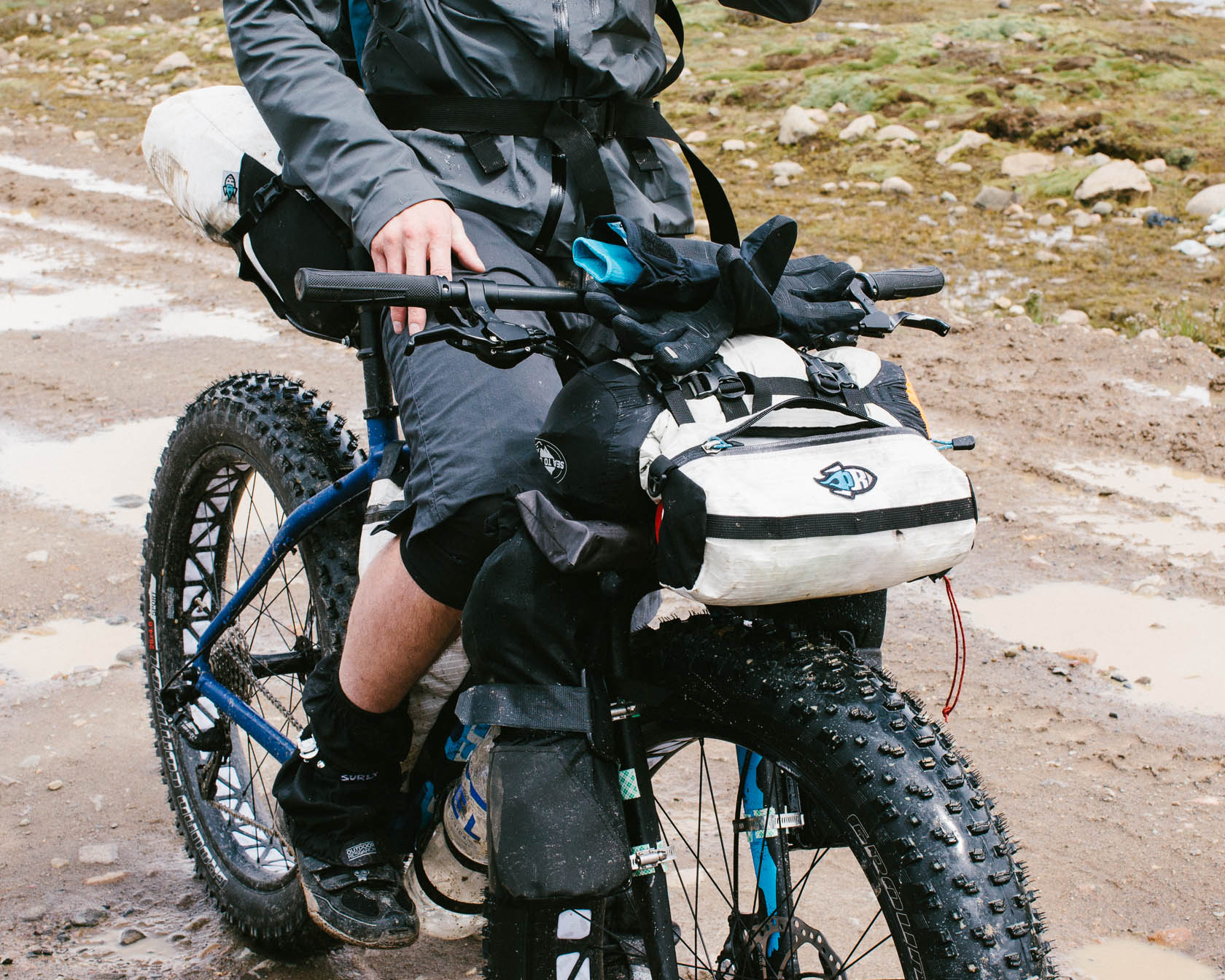 PORCELAIN ROCKET
PORCELAIN ROCKET
Looking back I don’t know if we would have been able to complete our route on a non-fatbike rig. The aggressively decrepit roads x the hulking weight of our gear x the imposing verticality of the terrain = Fatboy. No ANDs, No IFs, No BUTs. We couldn’t have known it at the time, but this decision precipitated a chain of fortunate events. Even the trying awful moments, when linked together through the persuasive lens of hindsight, illustrate that chance and fortune were in our favor. Luck will test you; sometimes it gives you the cheat sheet and other times you have to study, study, study and what at first appears to be a gross disservice will, in time, express its true virtue.
Talismans, Blackmarket Gas, Mustached Women, Government Officials, Stranded Locals, Newly Christened Tourism Hotels, Whistling Miners, and Fogless afternoons; all these and more played pivotal roles in the saga of our good fortune. Some are obvious in their grace, but others only become clear once the miasma of memory has been thoroughly combed. These individual events and chance meetings were connected, tenuous and then tenable, one matriculating into the next, each successive conclusion actualized by the totality of preceding events.
Yet the future is not determined and life hinges on chance, and the gamble of adventure only heightens risk and demands more luck.”- KVH;It was luck that delivered our van driver to us, half-drunk and half-hungover, two hours late on the morning of our first day. However, his tardiness would catalyze our meeting with Edgar, a SERNAP ranger, who at the end of the day randomly invited us into his home just as the sun and temperature were dropping. Thus we were able to spend a long sleepless night disquieted only by the effects of altitude in the comfort of a dry clean place, instead of the cold wet sleepless and anxious night exposed to the wind and vicissitudes of the Altiplano.
And how is it not lucky that we took the wrong road at an unmarked crossroads high above the small town of Pelechuco? We went over the wrong pass and down the wrong valley where we meet some stuck and stranded locals who warned us that we were going the wrong way. Yes, we had to retrace our steps and camp at altitude, but the next day after taking the right path over the right pass, and down the right valley, we came to the small town of Hilo Hilo, where we by chance connected with the town’s head honchos. They let us christen their giant blue tourist hotel. It was a grand affair, complete with early 90s model home decor and full sized beds. Had we taken the correct route the day before there is no doubt we would have breezed through town and camped in some roadside mud pit or fog hovel.
We were fortunate and it was very much welcomed. Those of you who follow Yonder Journal know that Lady Luck11Simply a received expression. Yonder Journal fervently believes that Luck could just as easily be a man, or if Luck was to tread to another path, Luck could choose to not self-identify with any gender and could just be Luck for Luck’s sake. doesn’t have a strong track record of blessing our cycle based journeys. In the past weather, mechanicals, routing, and injury have plagued our crew, forcing us to cut short our adventures more often than not. But in Bolivia she was with us; over eight 14,000’ plus passes, one of which was nearly 17,000’ and most of which were over 15,000’. We were weary and we longed for the comforts of home, and luck provided, delivering to our tent site a pair of whistling miners who told us what path to take once the road had died out and luck kept the daily fog at bay on our last day in the mountains just long enough for us to determine what route to take on the other side of the valley.
ADDITIONAL SUPPORT FOR THIS PROJECT PROVIDED BY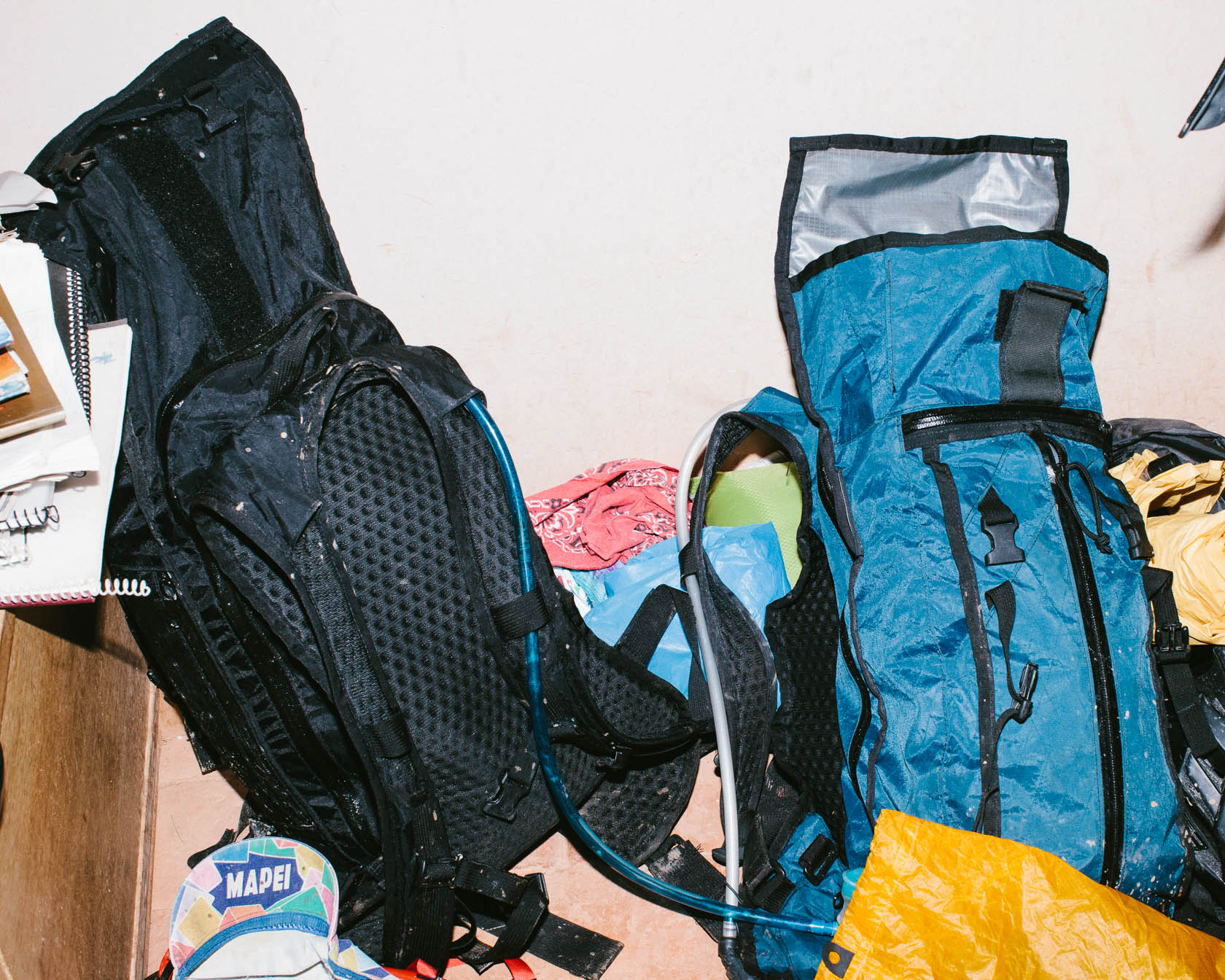 MISSION WORKSHOP
MISSION WORKSHOP
Each night I would clutch my amulet, an amazing piece of craftsmanship forged in the mysterious mountains of the Mythical State of Jefferson by our friend and wizard Mike Cherney. Being crafted by a wizard, these amulets (Daniel and I both had one) buttressed our fortunes. And in the waning hours of the evenings I would worry mine, hoping that the next day would see the same fortune as the last.
In the end we completed our route, even arriving back in La Paz a day early. In the safe confines of our hotel luck didn’t give out as much as James’ colon. Although this was unfortunate, we had the luxury of a tepid wifi, dry beds, flushing toilets and ready-made coffee, so his timing, all things considered, could not have been better.
There are many more adventures yet to come, and I hope that we didn’t burn all of our good fortune in Bolivia. But with the Andean peaks scratching the sky like a row of bleached wolves’ teeth, I was happy that we had enough in reserve to dole out what we needed to get home.

SECTION No2
Chairlift 11km/ "Taxi" from Charazani (10,499 ft.) to Pumasani (14,288 ft.)
Our taxi was a mini-van equipped with fraying, bald tires. Our driver was half drunk, half asleep with a penchant for blasting cumbia backed by G-Unit beats. The road was steep, treacherous, muddy, and washed out. The corners were all blind. The fog was pea soup. Our bikes, our gear, our bodies, our minds were all jammed into this thing, we were fully committed. While we climbed we jammed handful after handful of that coca leaf into our mouths. By the top we were on a real high. We had just come up 3000 feet, we had just cheated death, and that leaf was starting to kick in.
We had arranged to ride with our driver Ernesto the night before. Ernesto had a mini van with roof rack, better yet we were convinced that we would be able to fit all the bikes inside the van, keeping our bags out of the rain for drive. The details had been worked out through an overly eager French man named Emanuel who we had only just met and who spoke fluent Spanish. Emanuel was on a month long Bolivian bender, and he looked like he had been rolled back and forth through a muddy puddle and then left out to dry in the sun. Emanuel locked down the deal and told us that Ernesto would meet us at 9 in the town plaza for our drive.
Ernesto did not show up at 9, 9:30, or 10. At 10:30, Kyle started asking the ladies at the storefront where they had met Ernesto where he lived, or if they knew how to get a hold of him. After a couple of expeditionary rides to various houses in Charazani, and a few phone calls Ernesto final appeared, his eyes bloodshot and his face puffy, exhaling alcohol with every labored breath.
Turns out Ernesto’s van had been sitting around for a while, the battery was dead, and he needed a jump. After borrowing a battery from his friend, the other cab driver, the cab driver who had originally quoted us 400 bolivianos, awkward. Ernesto jumped started his van. How you ask? With cables? Nope, what he did was wrap two wrenches in rags and then holding them in his hand used them as a bridge between the terminals of the two batteries. If he was shocked in the process he didn’t show it, or it didn’t register. Either way the van started, we loaded up our rigs and we drove up the long muddy obstacle course to Pumasani.
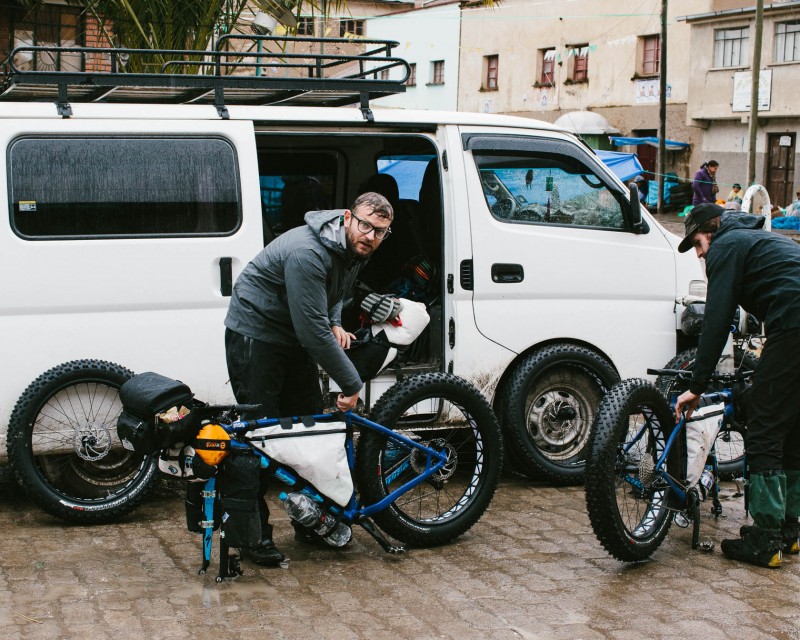
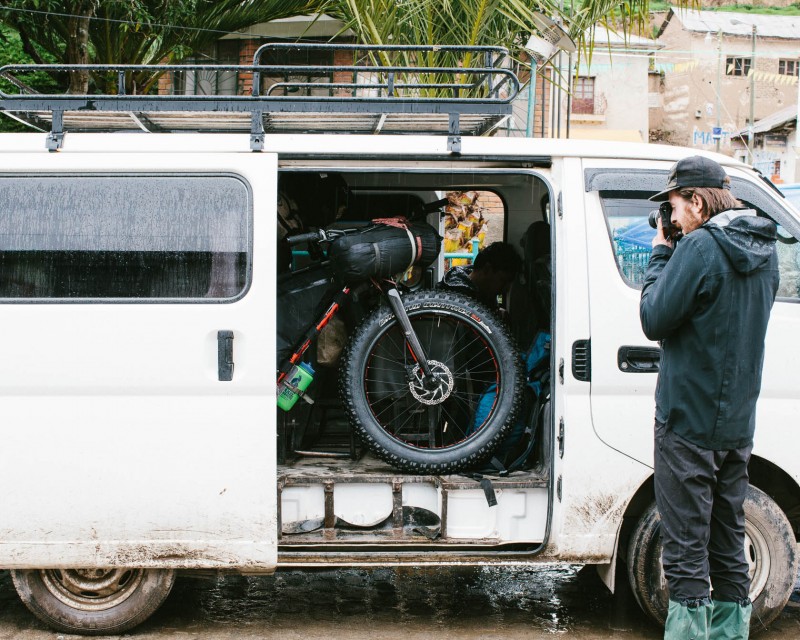
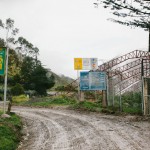
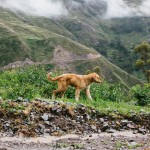
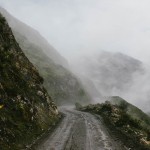
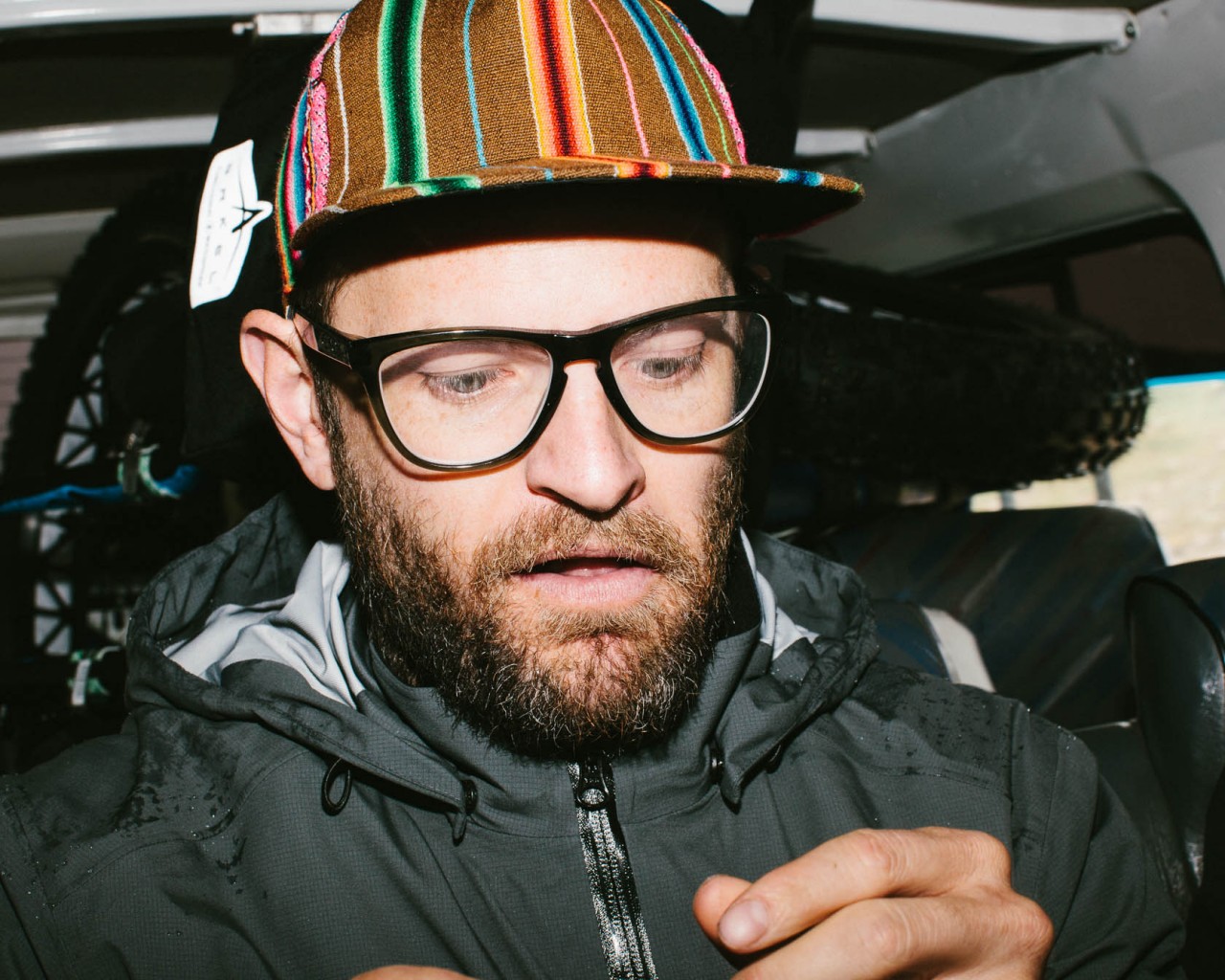
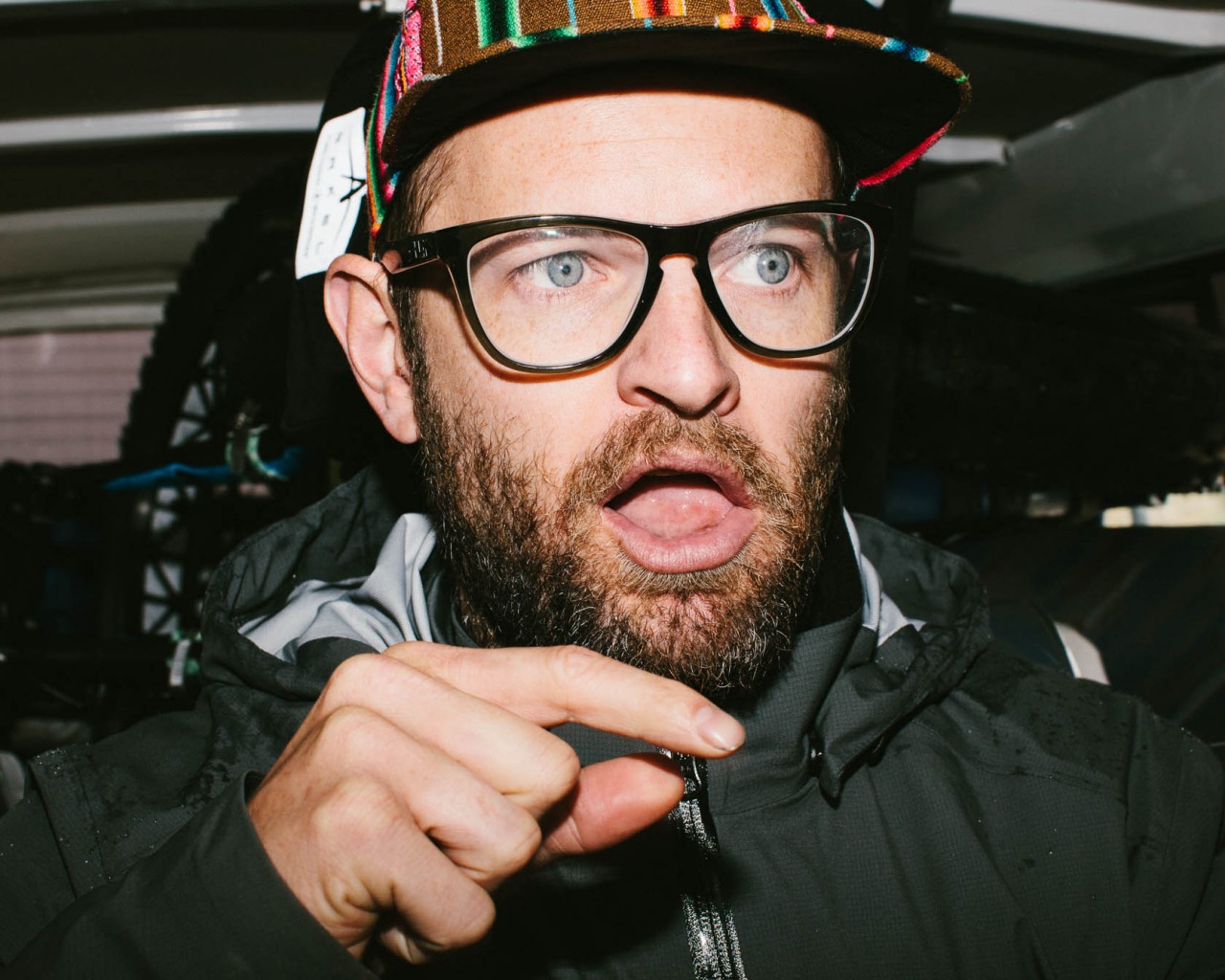
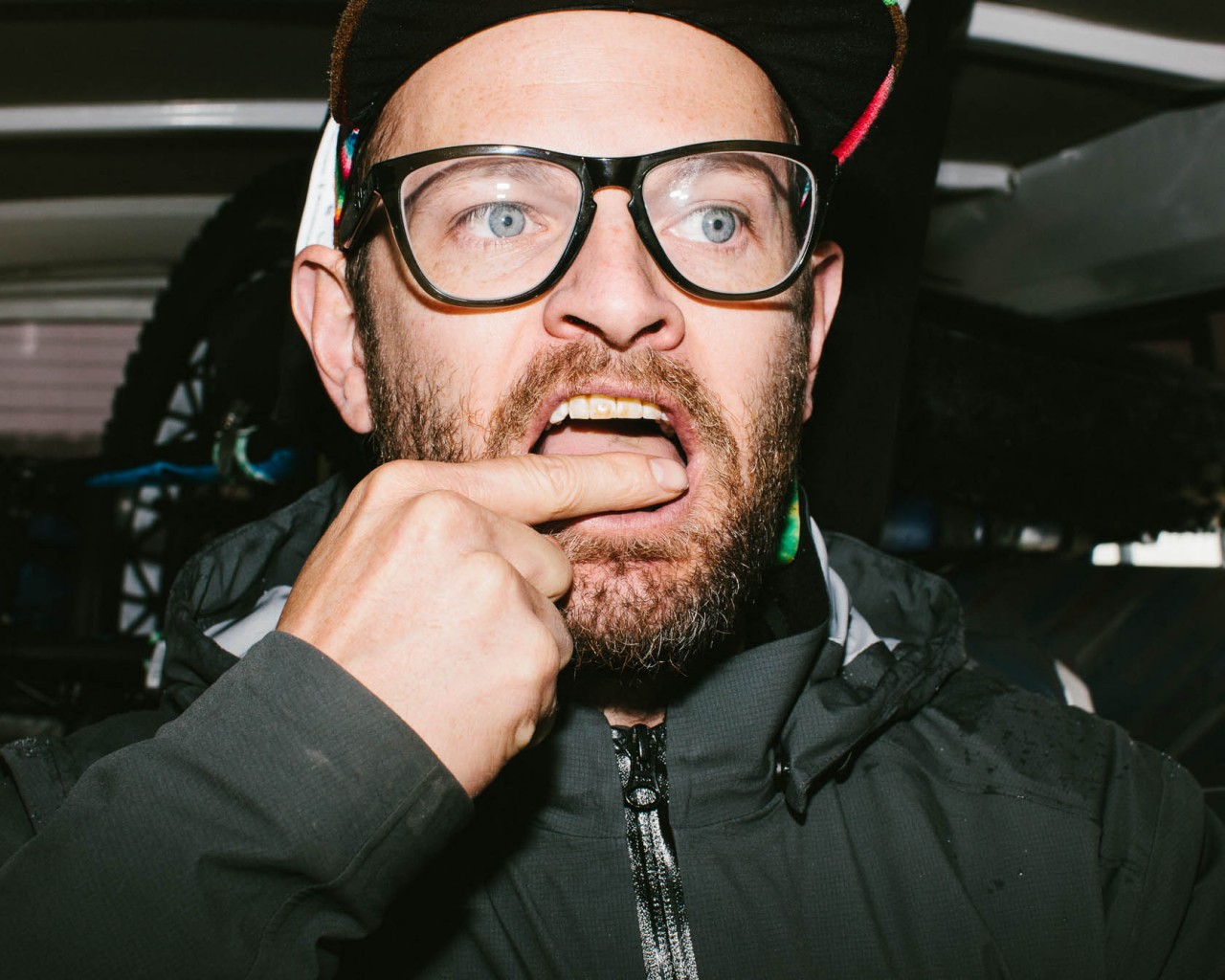
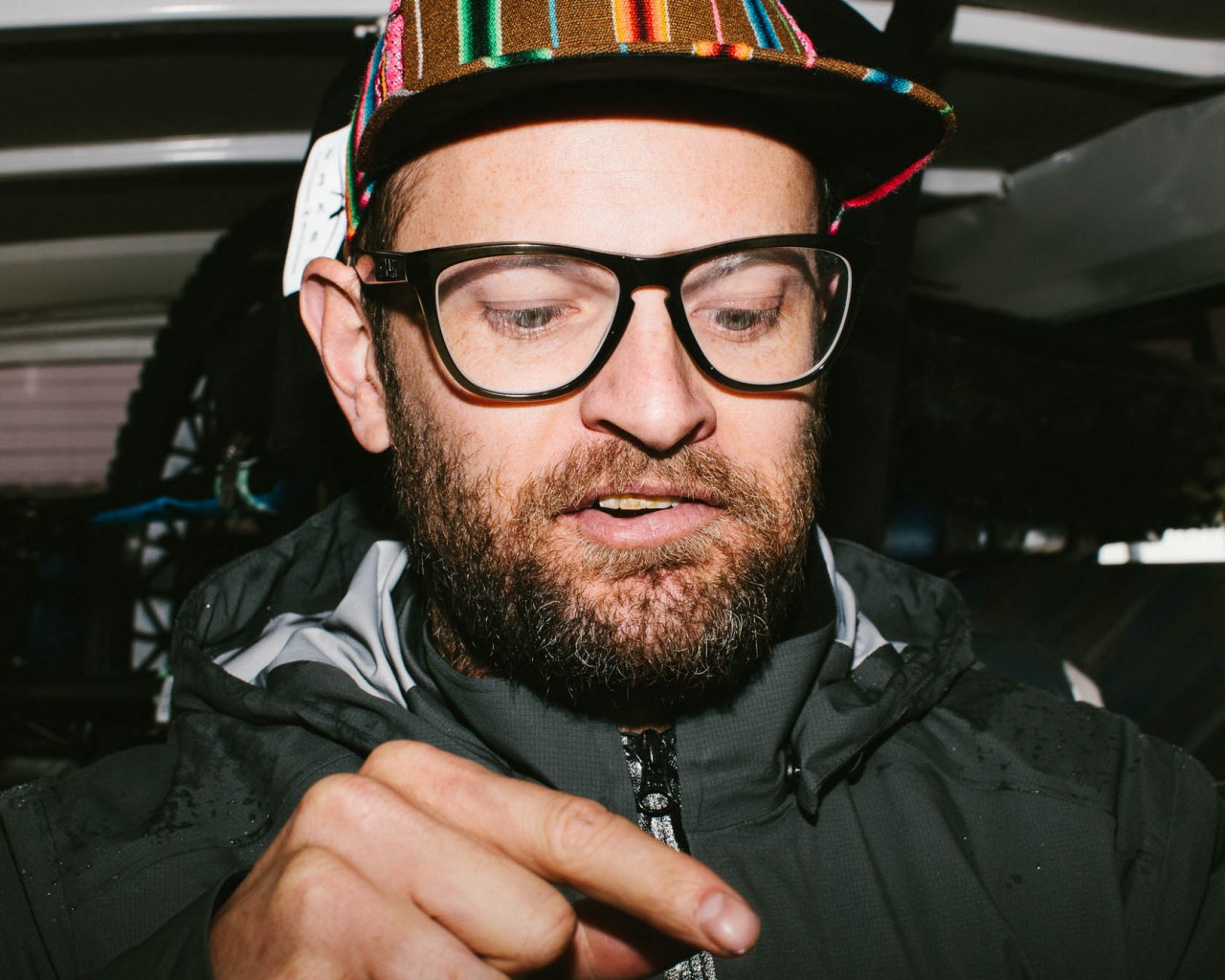
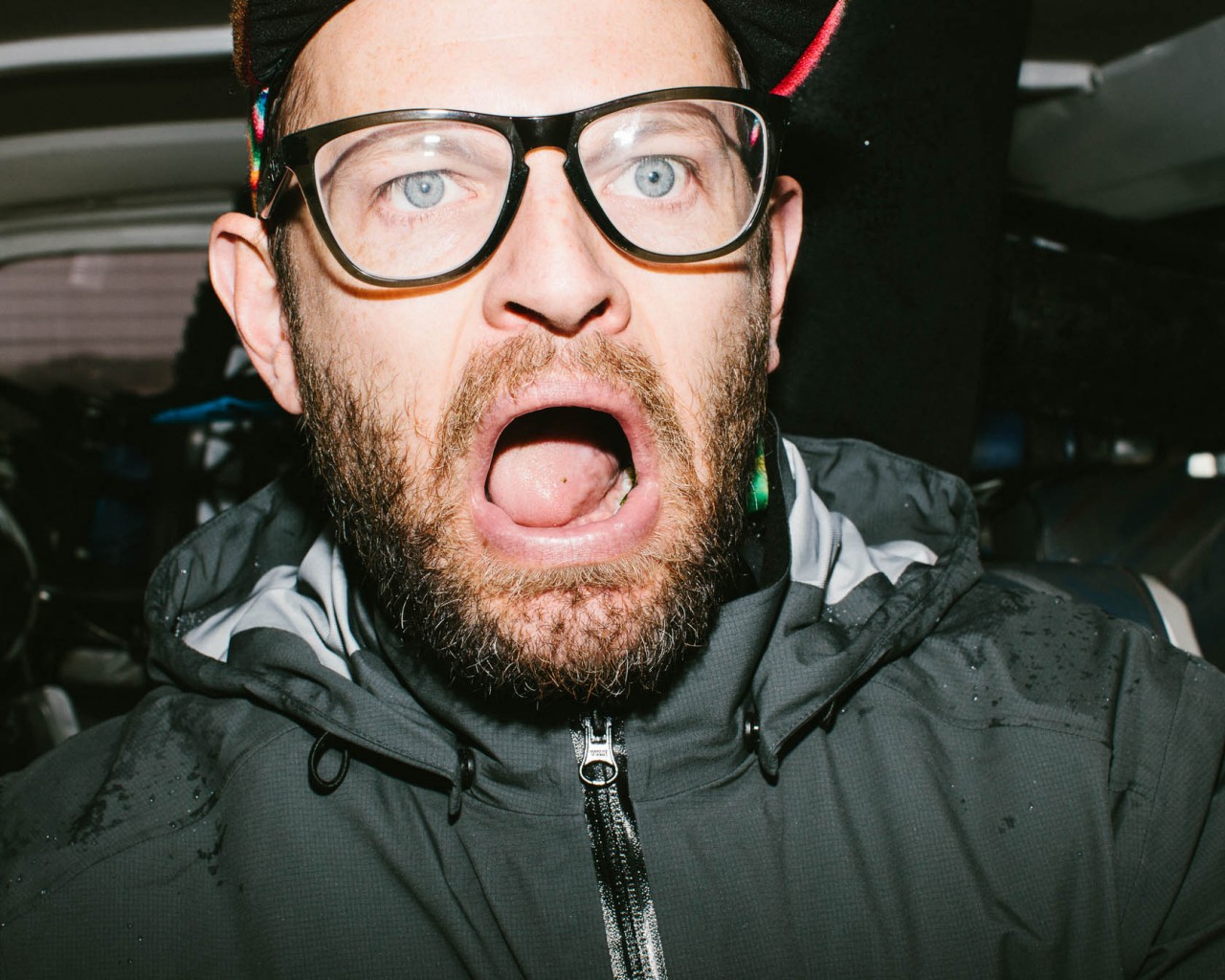
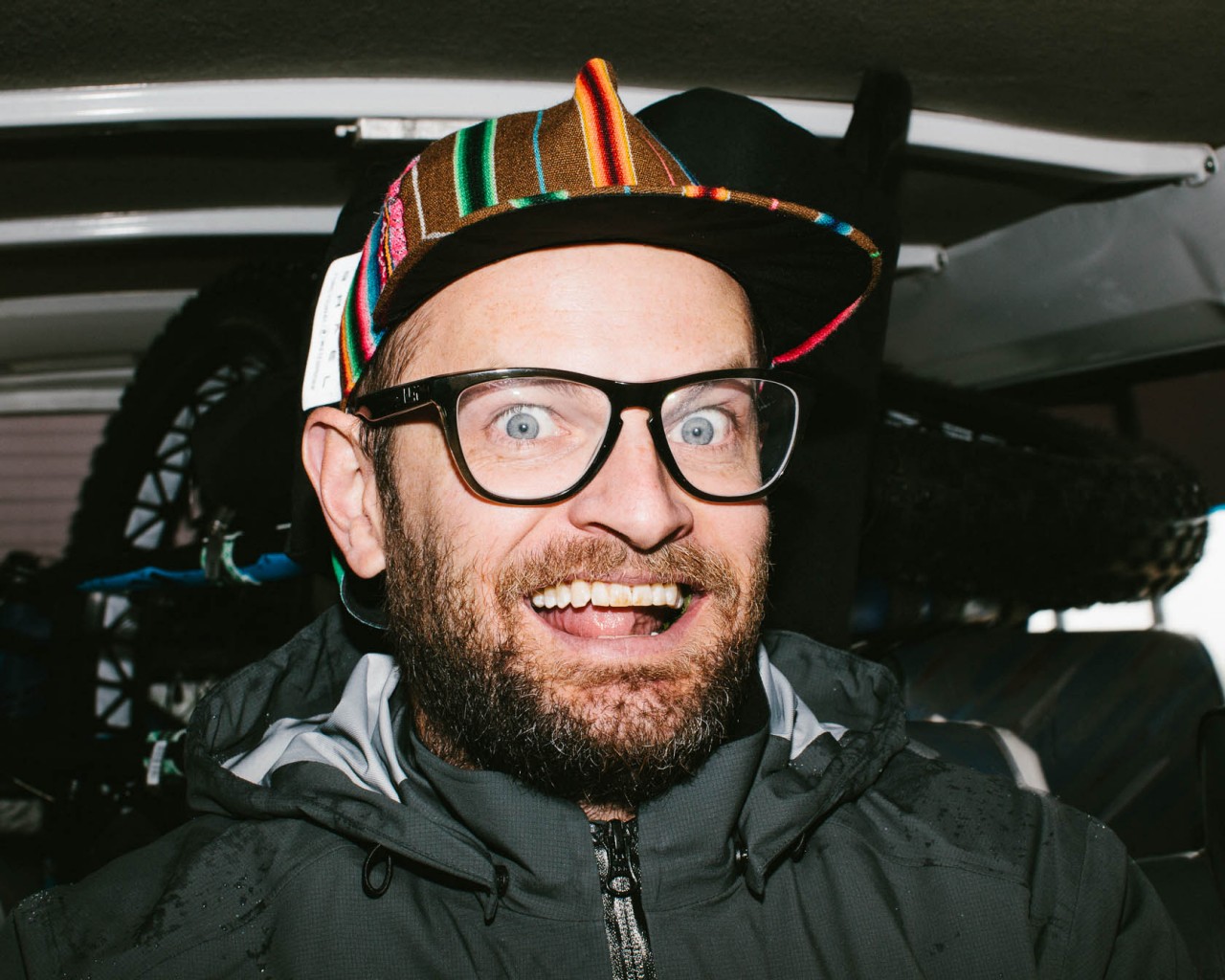
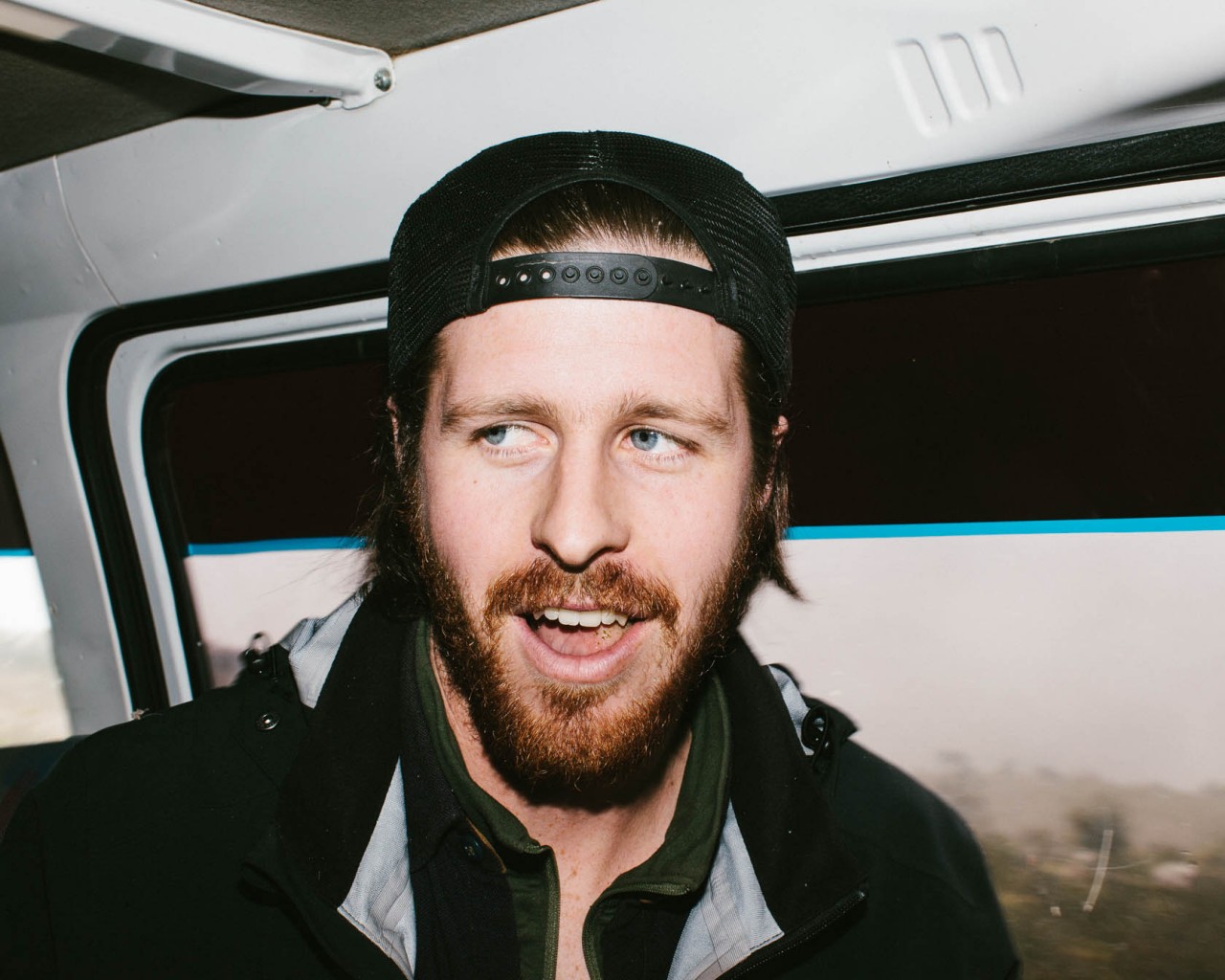
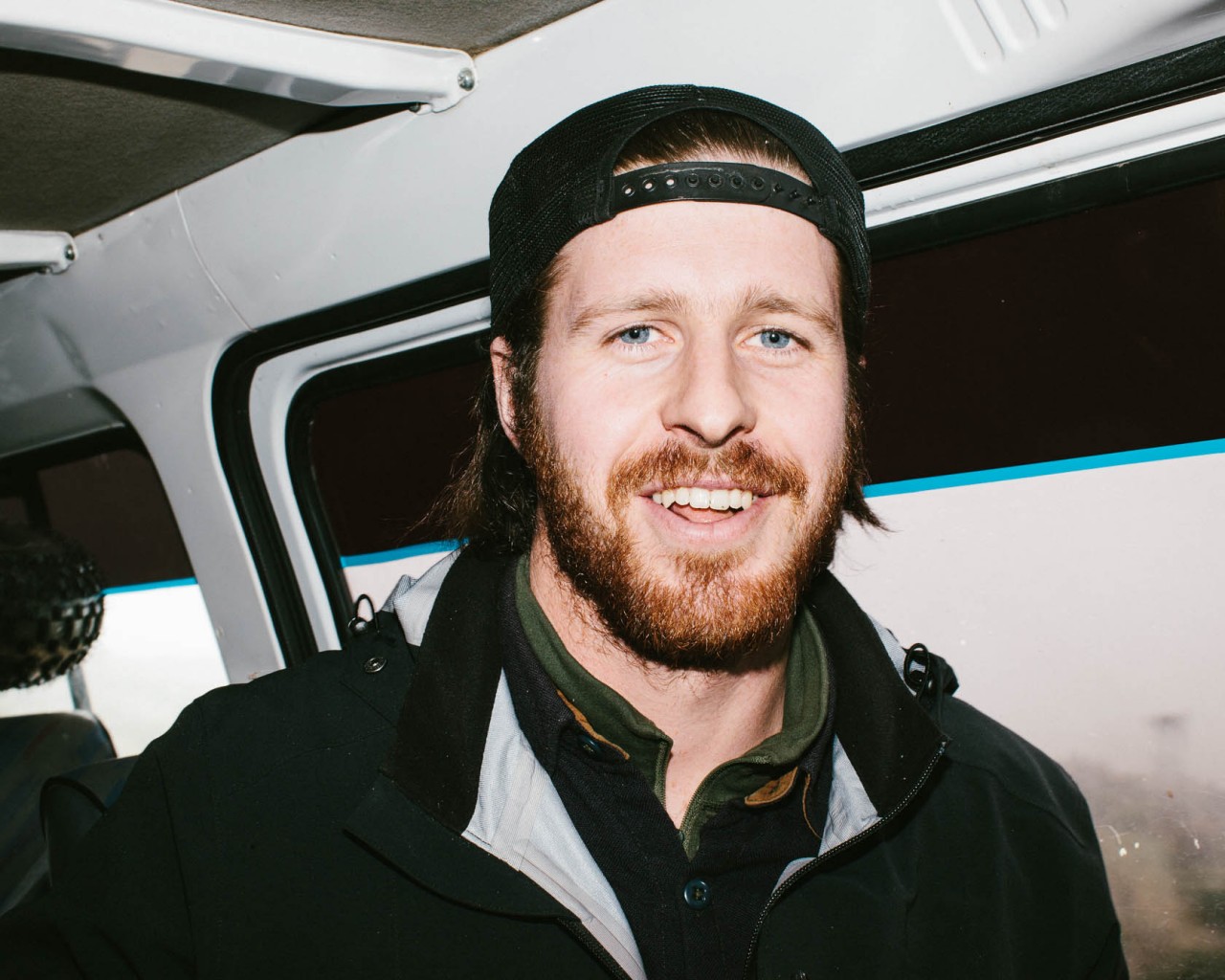
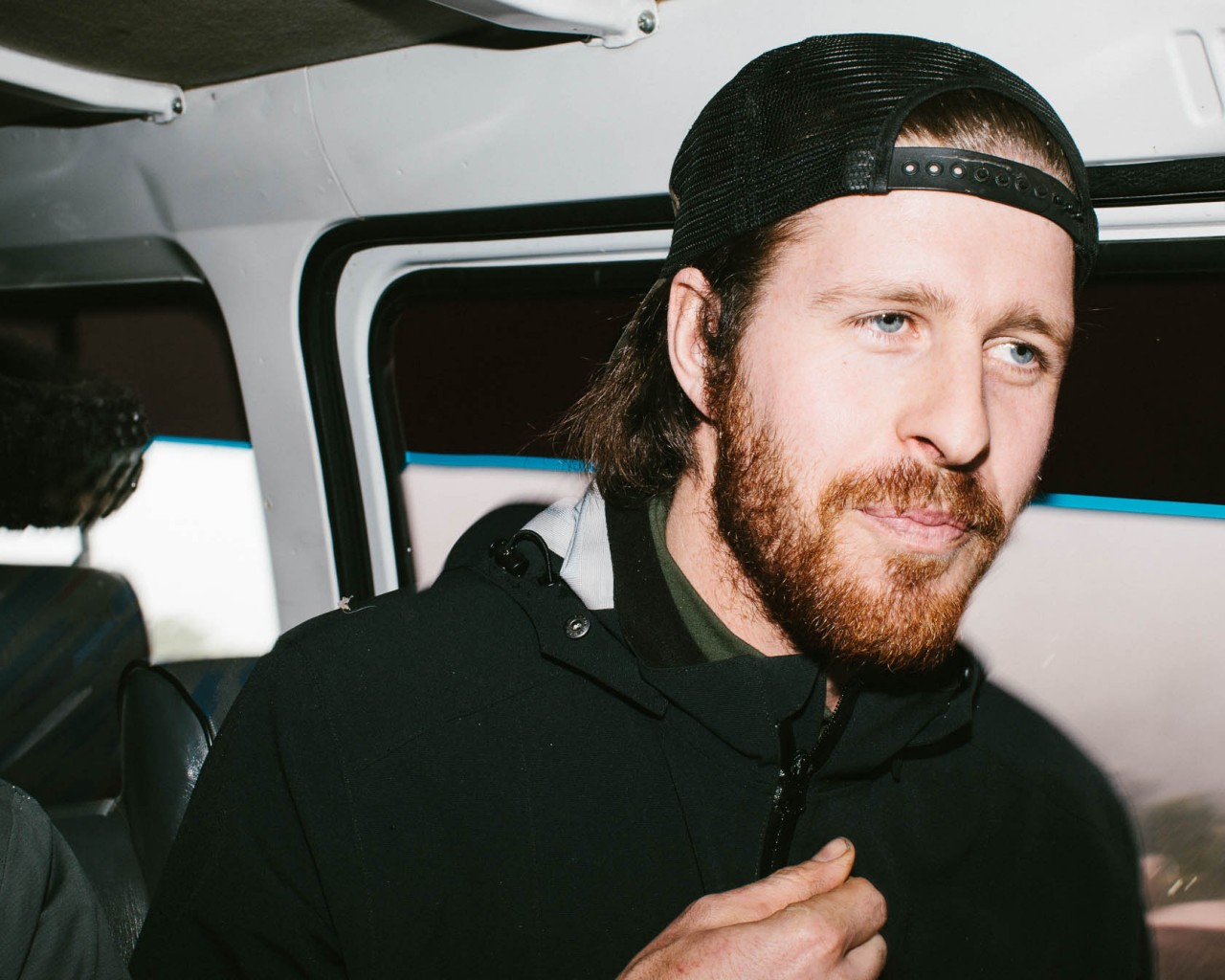
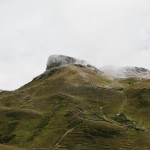
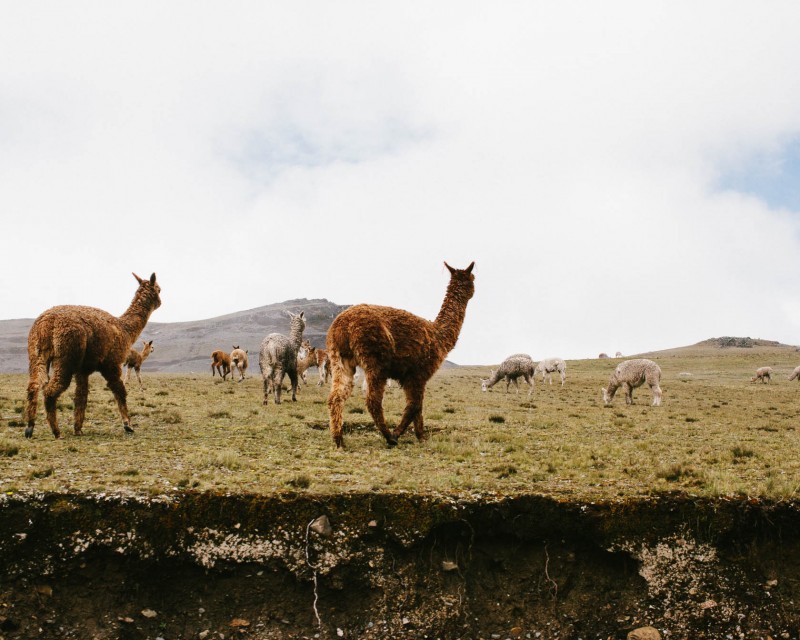
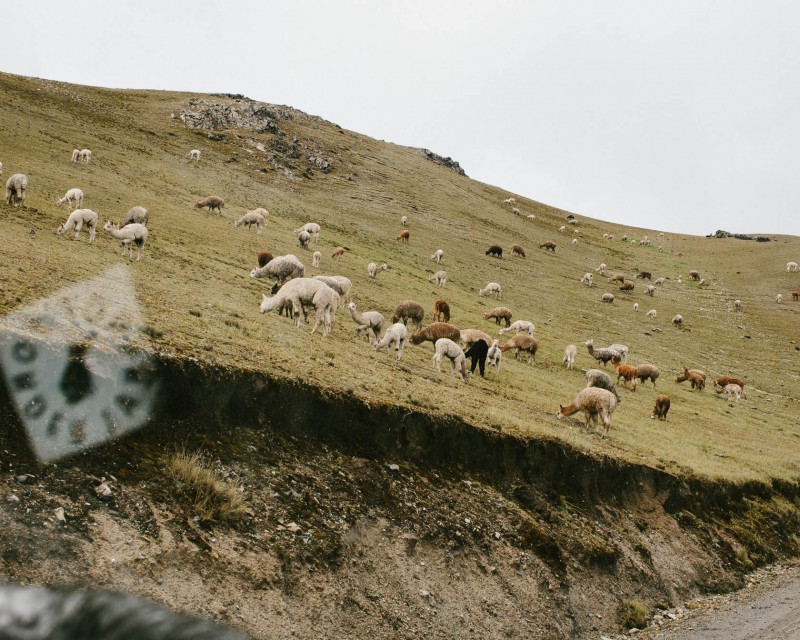
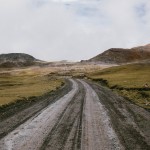
SECTION No3
Altiplano Boliviano Pumasani (14,288 ft.) to Hichocollo (14,469 ft.)
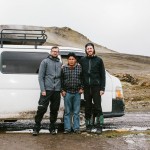
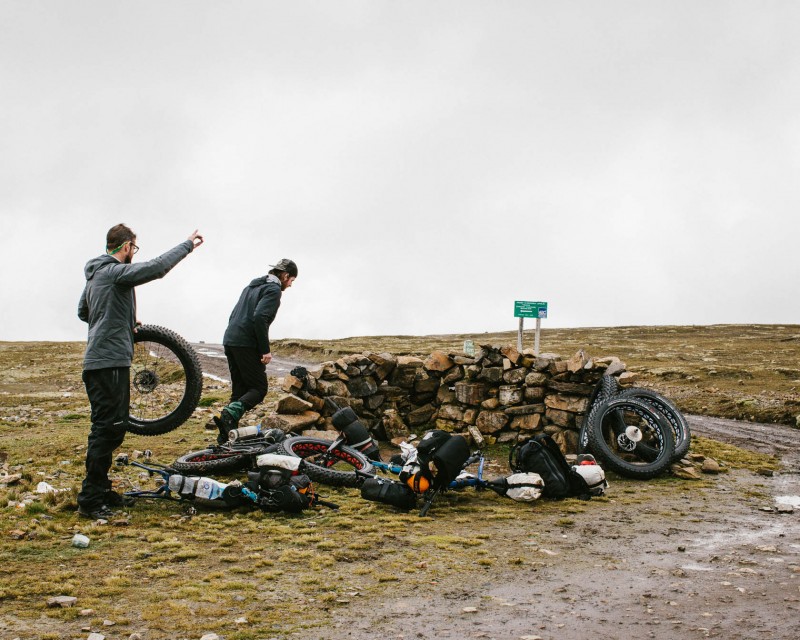
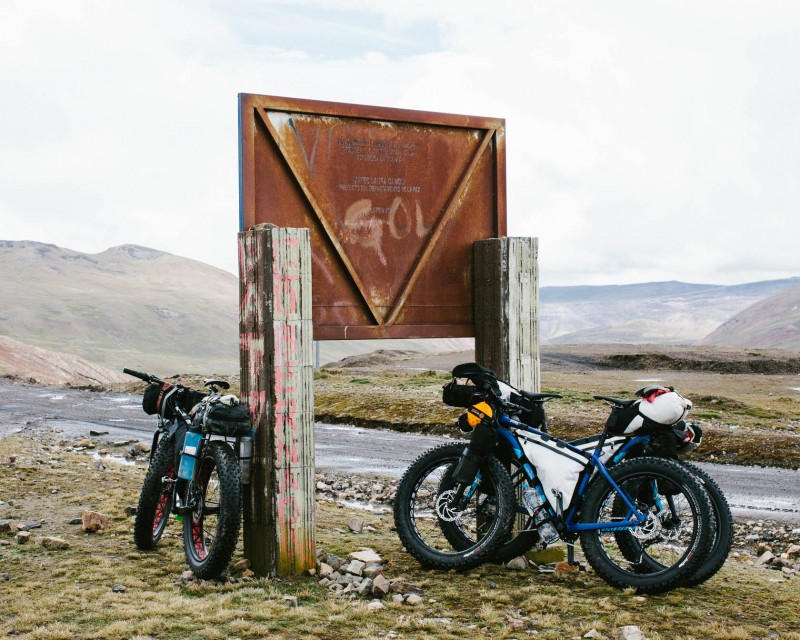
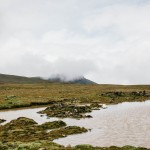
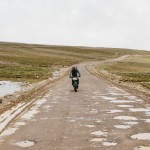
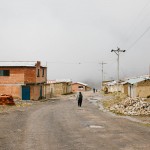
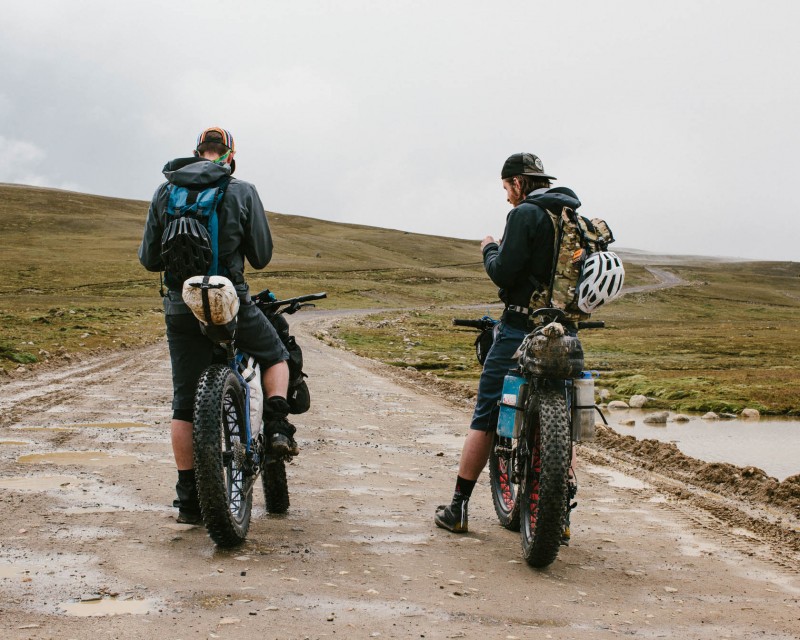
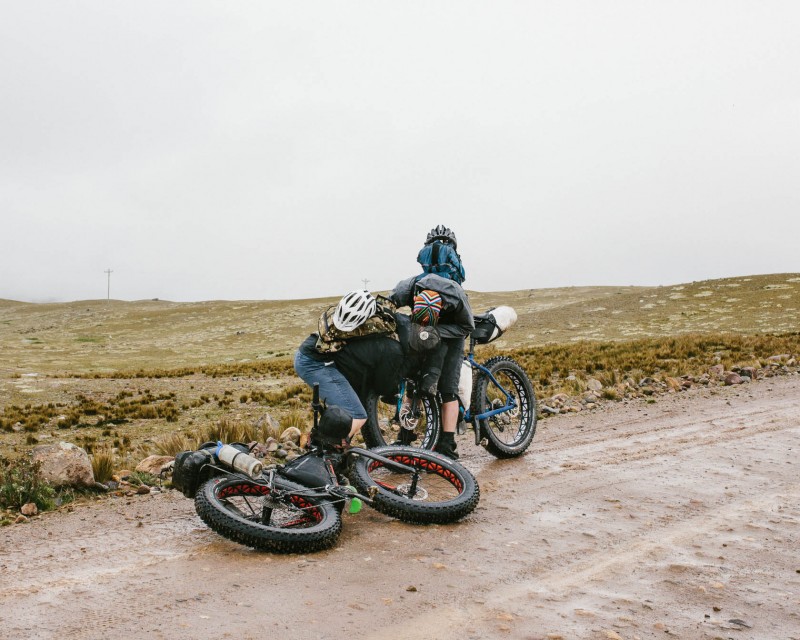
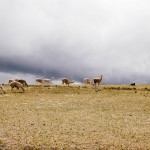
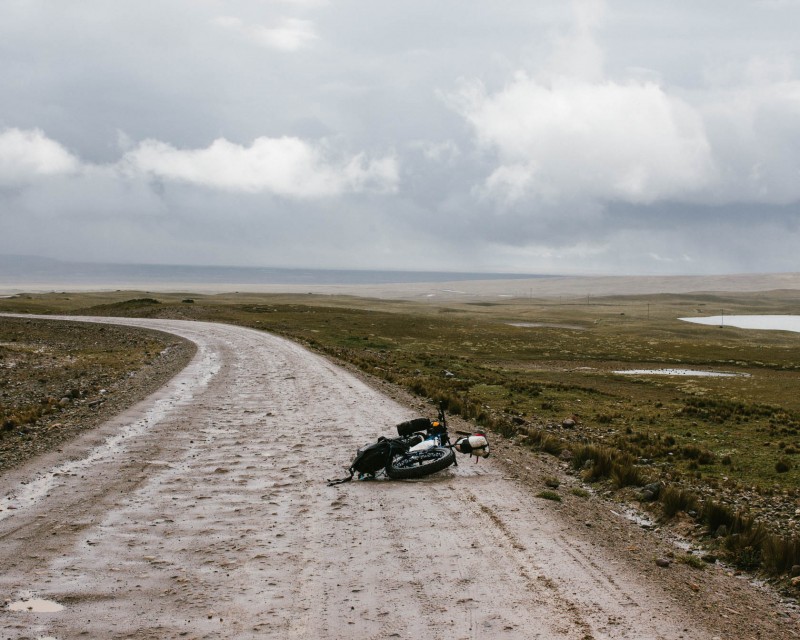
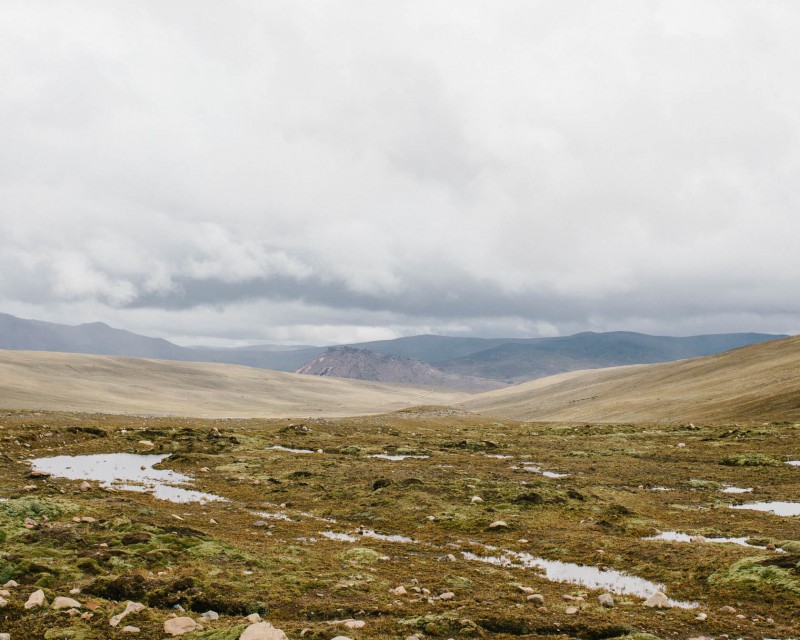
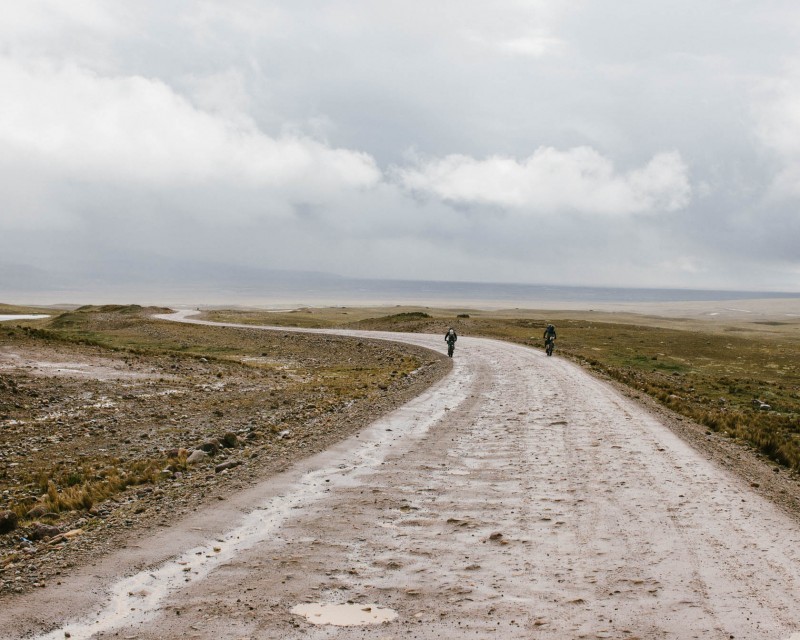
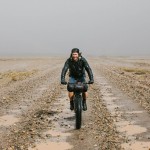
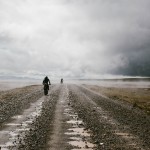
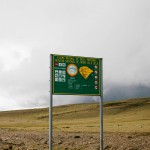
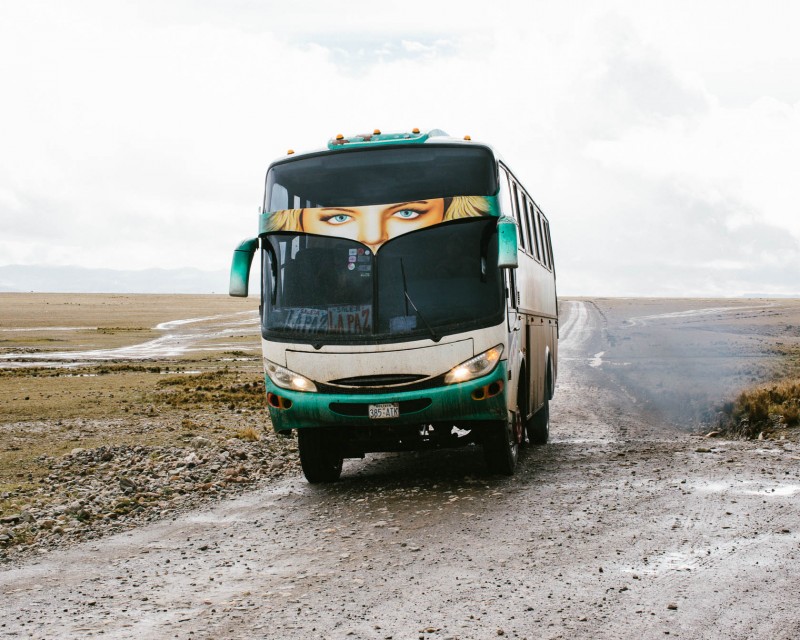
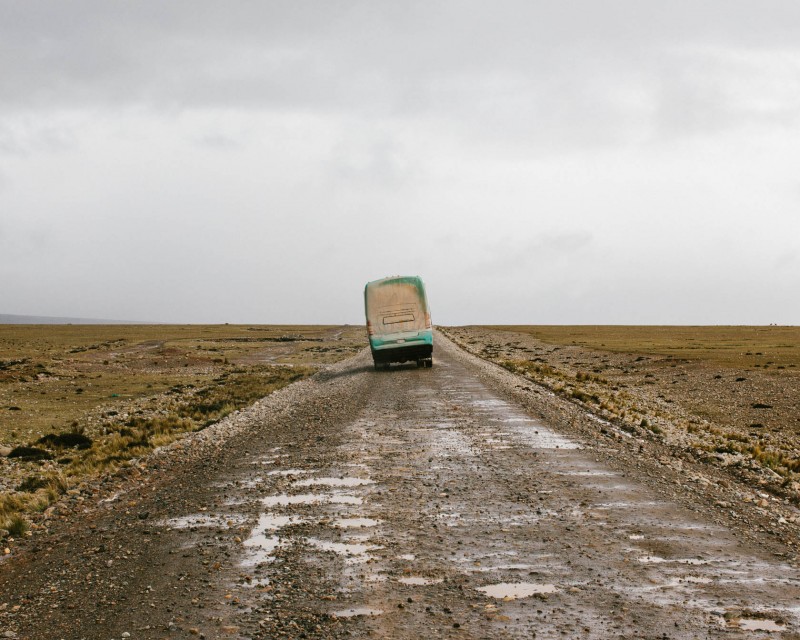
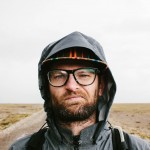
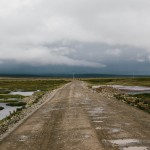
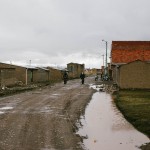
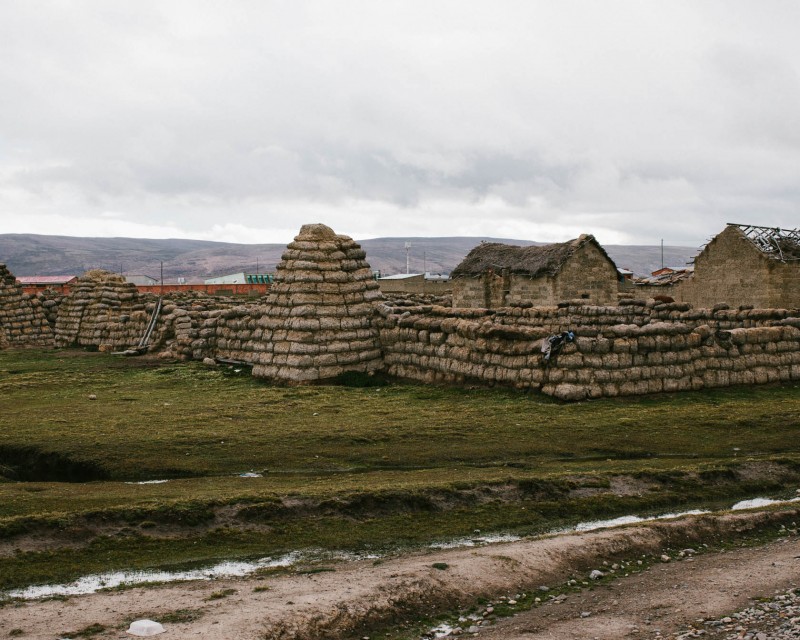
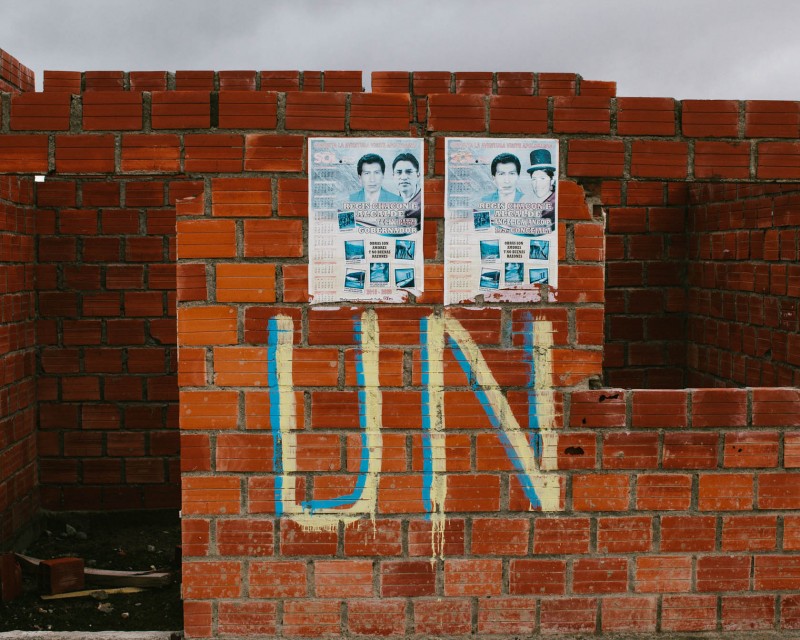
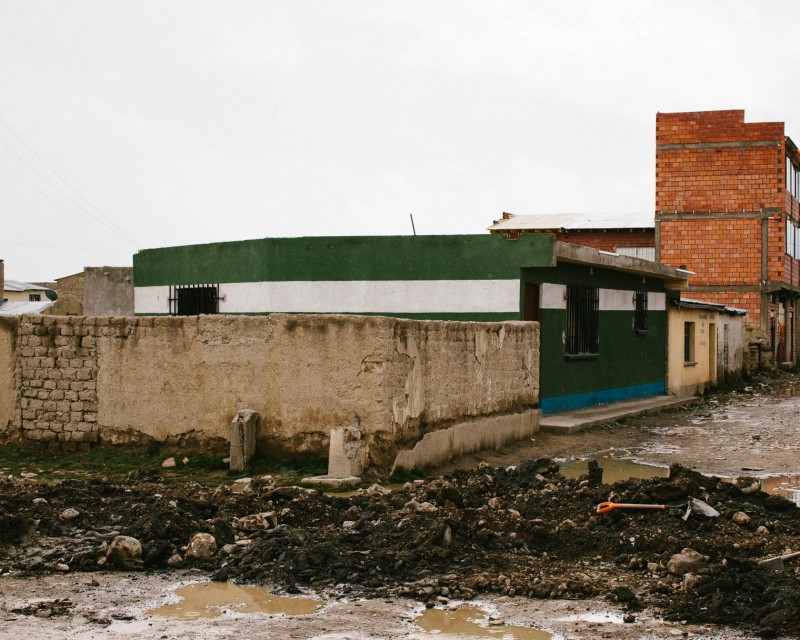
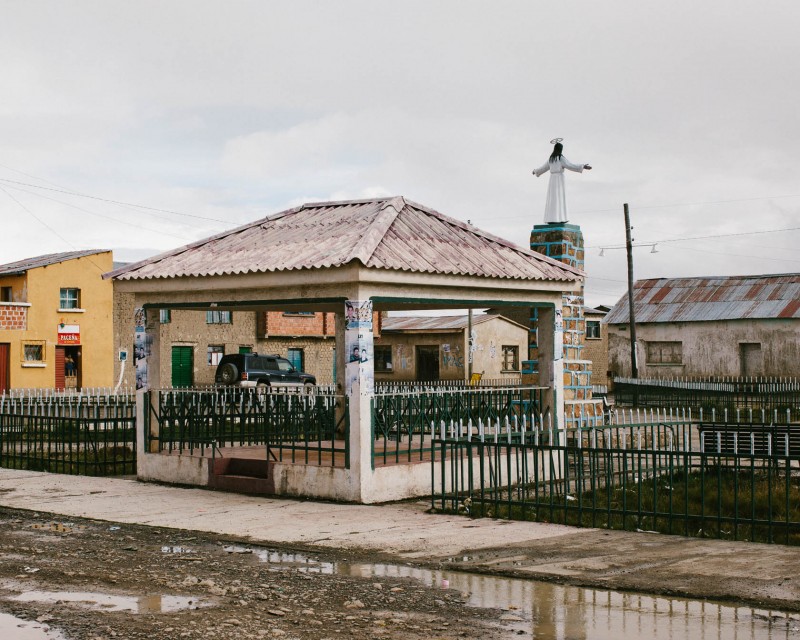
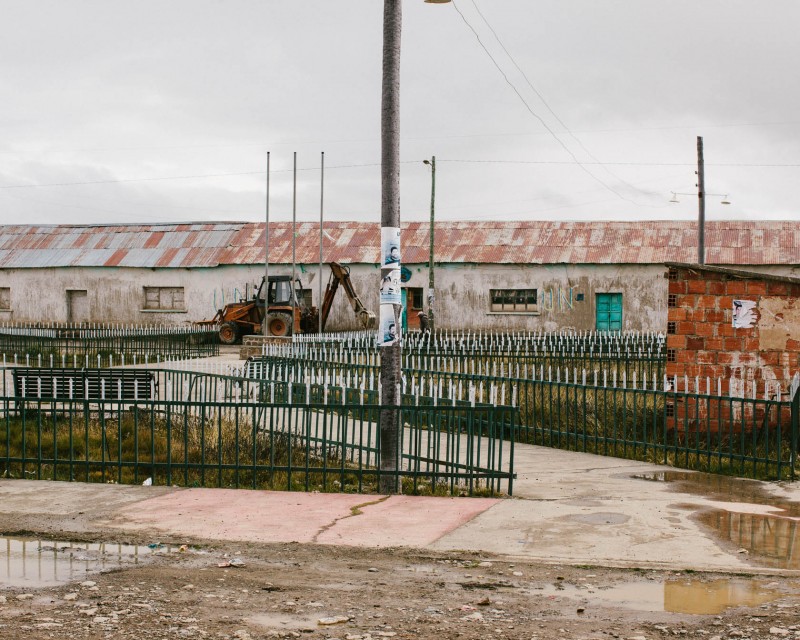
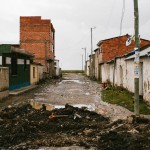
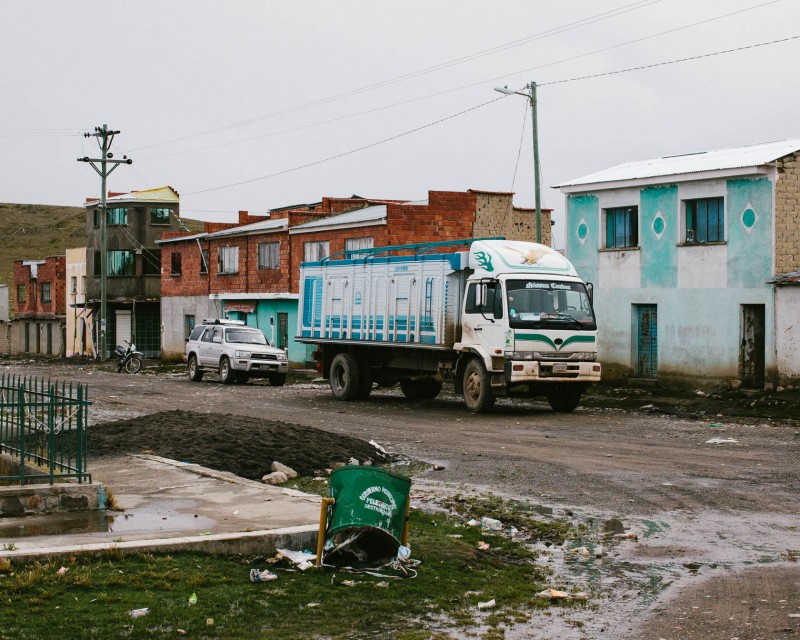
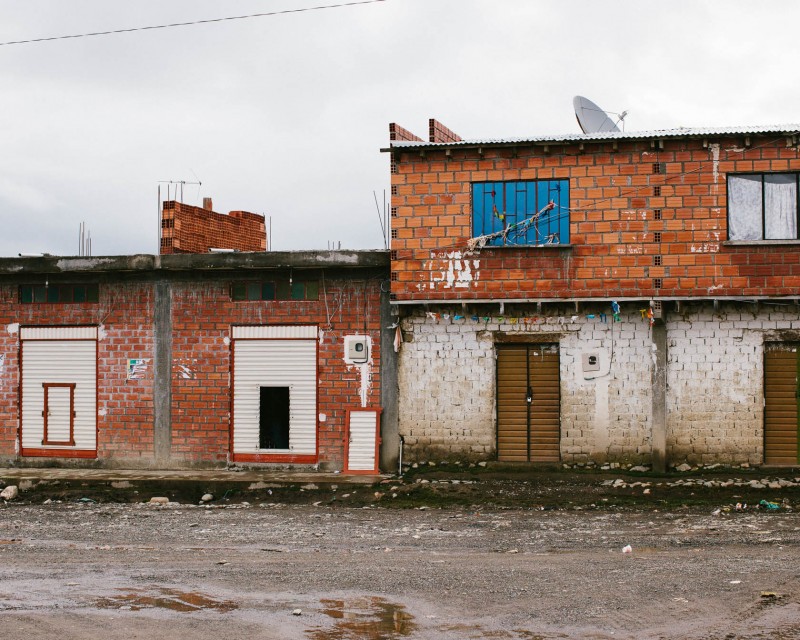
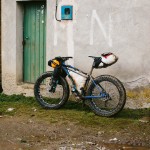
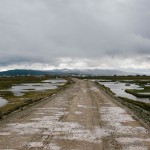
SECTION No4
Campamento Hichocollo (14,469 ft.)
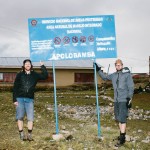
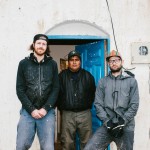
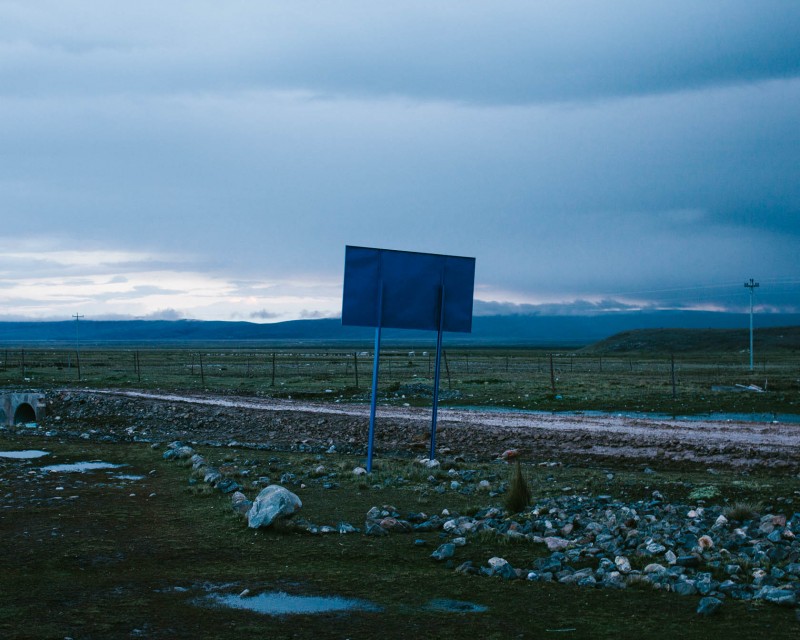
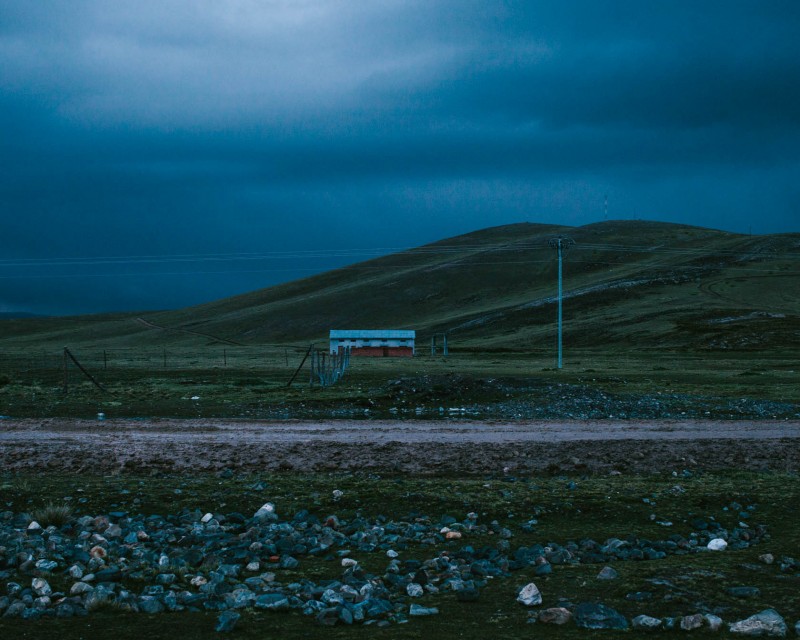
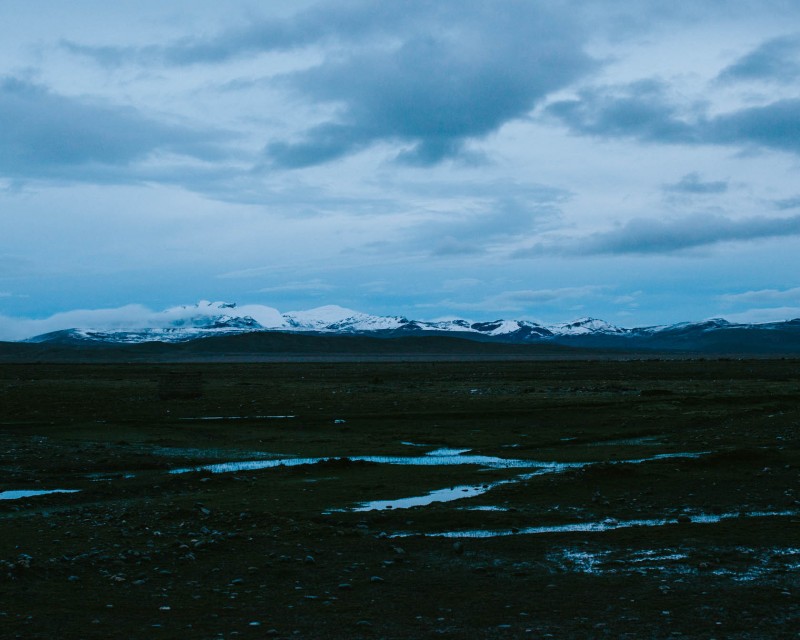
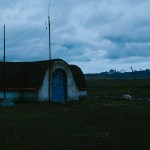
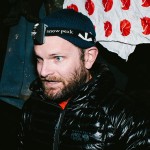
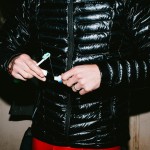
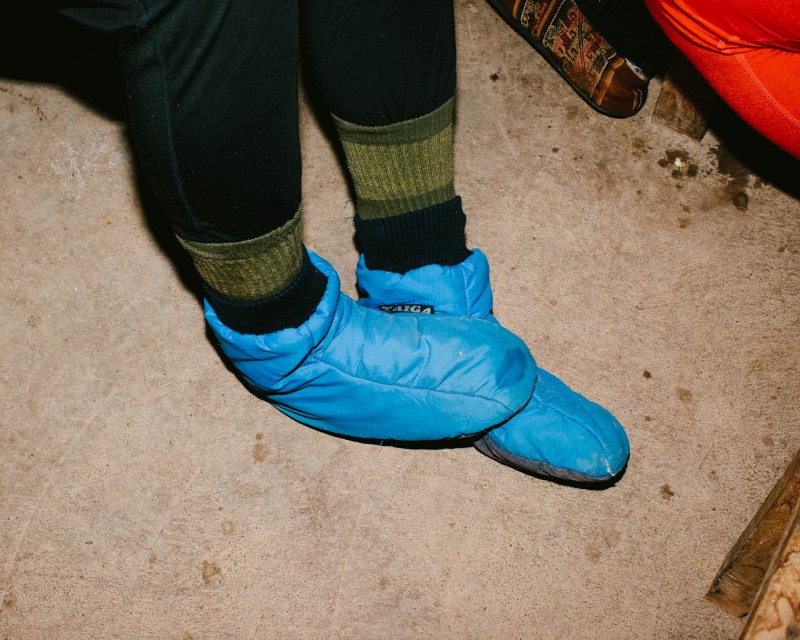
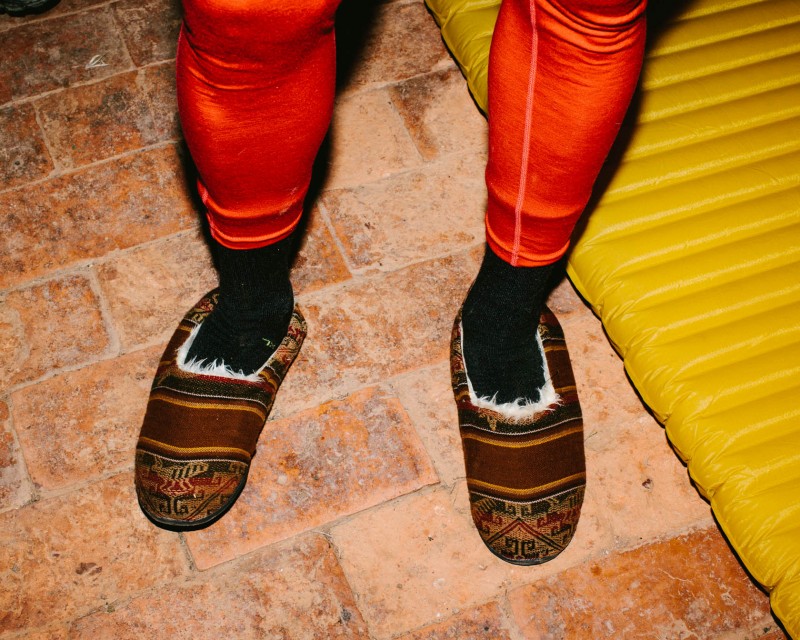
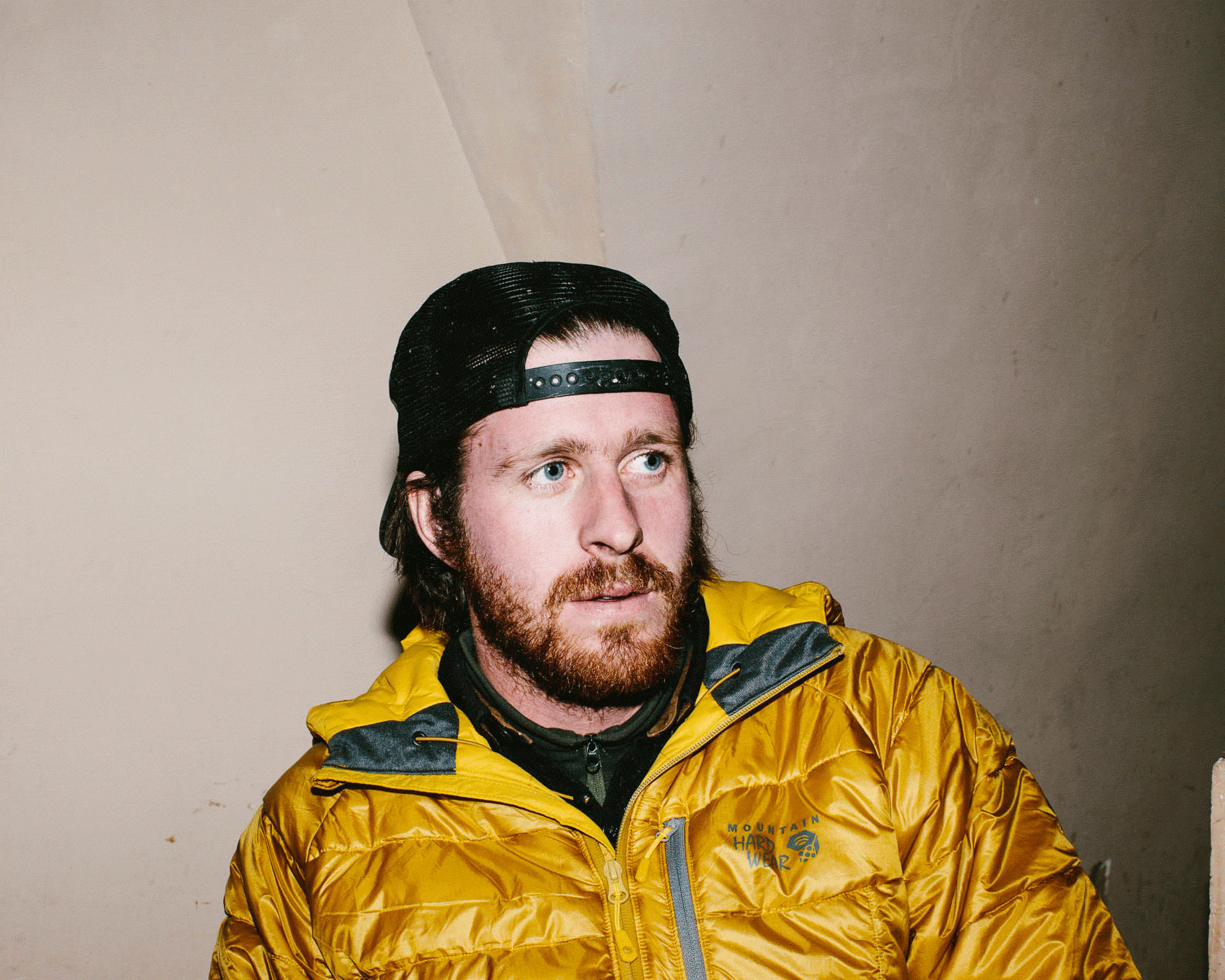
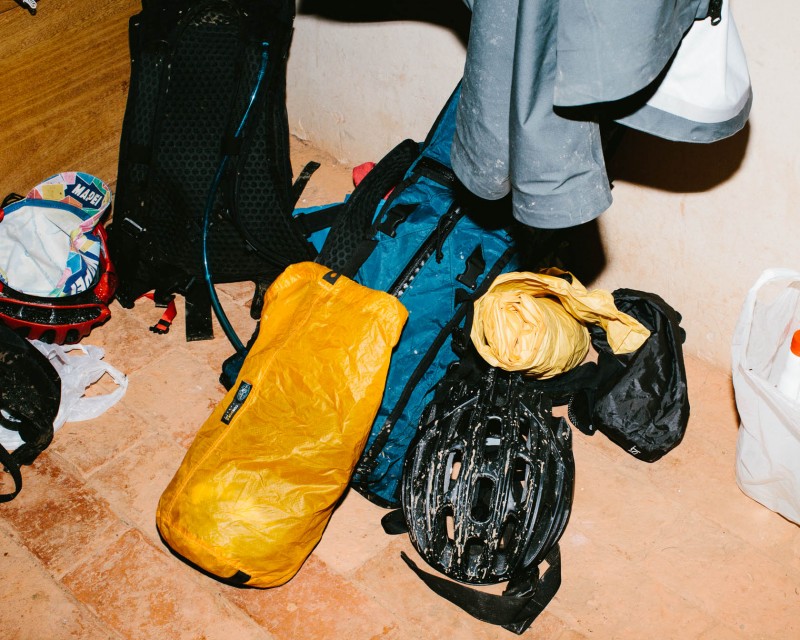
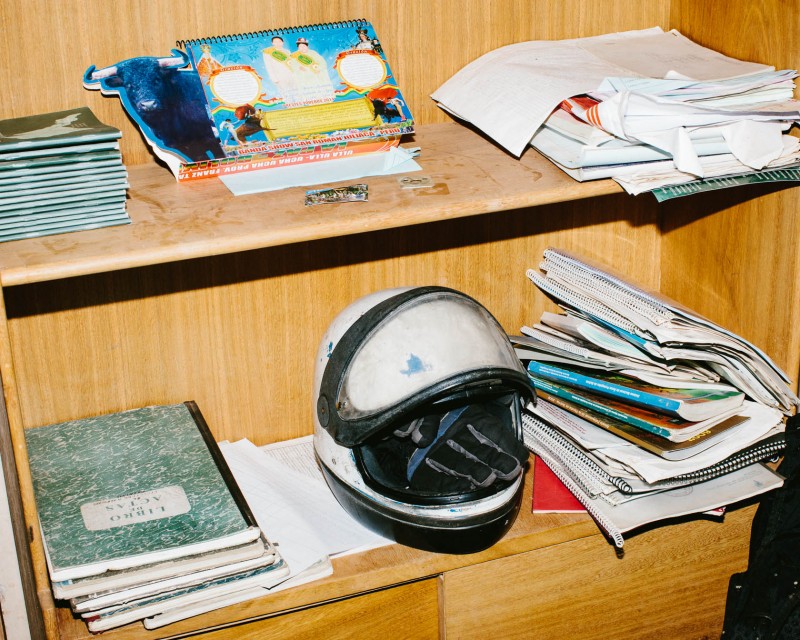
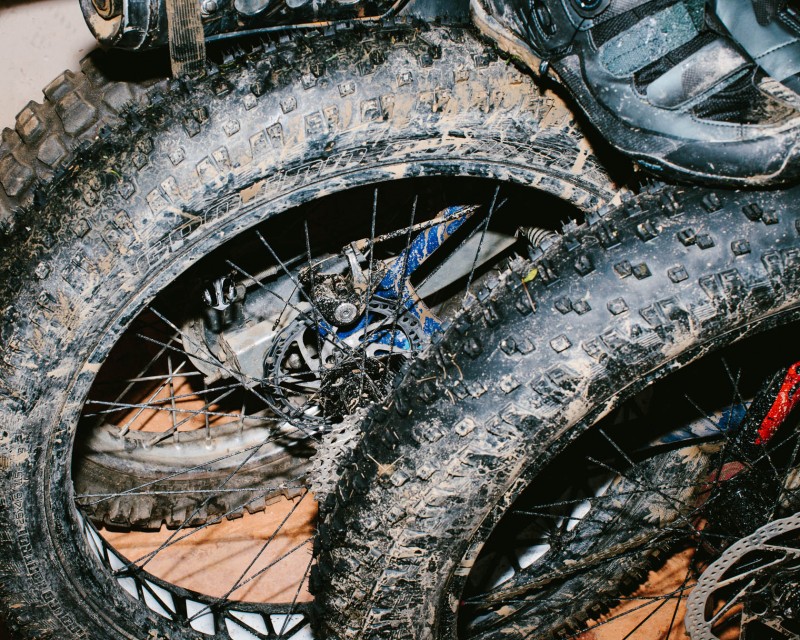
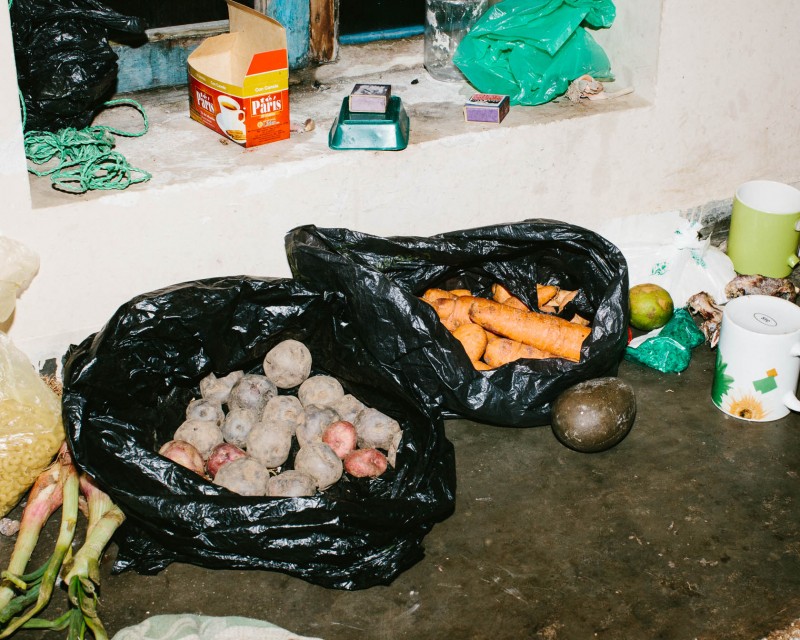
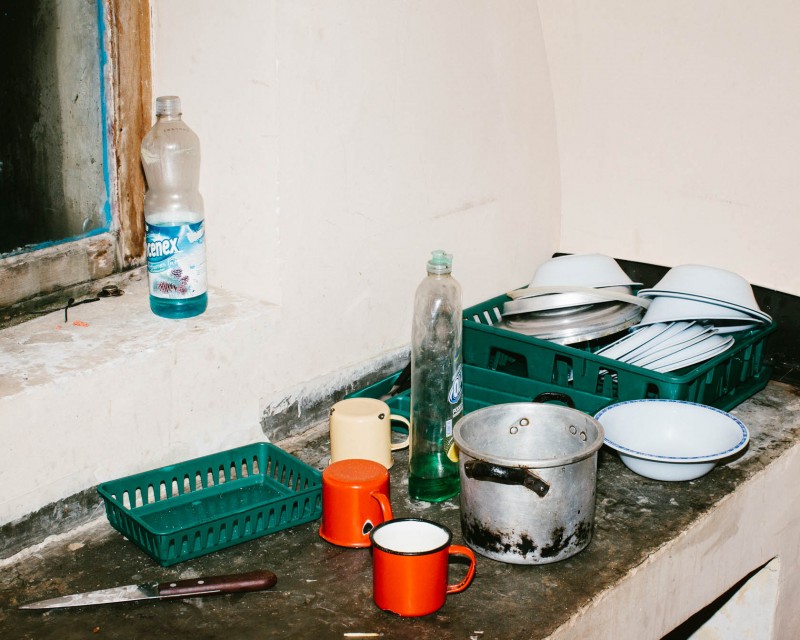
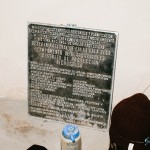
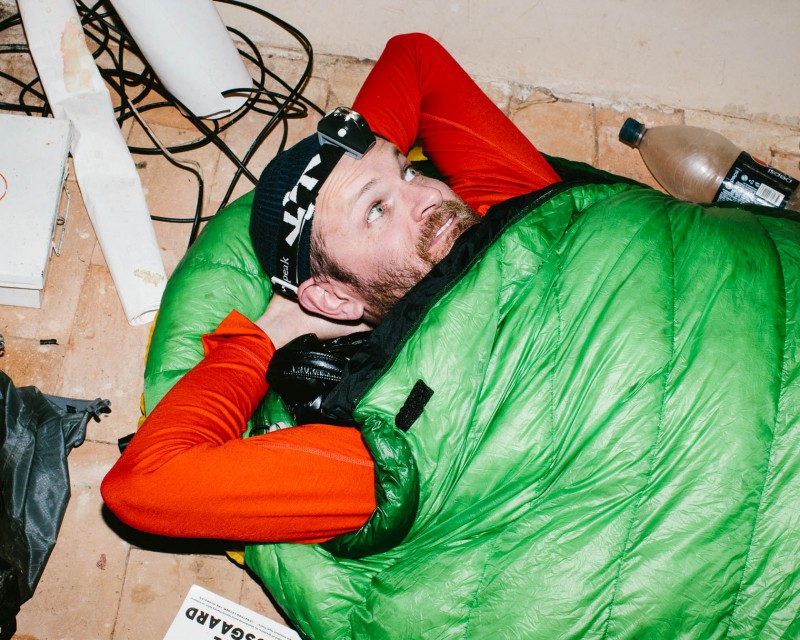
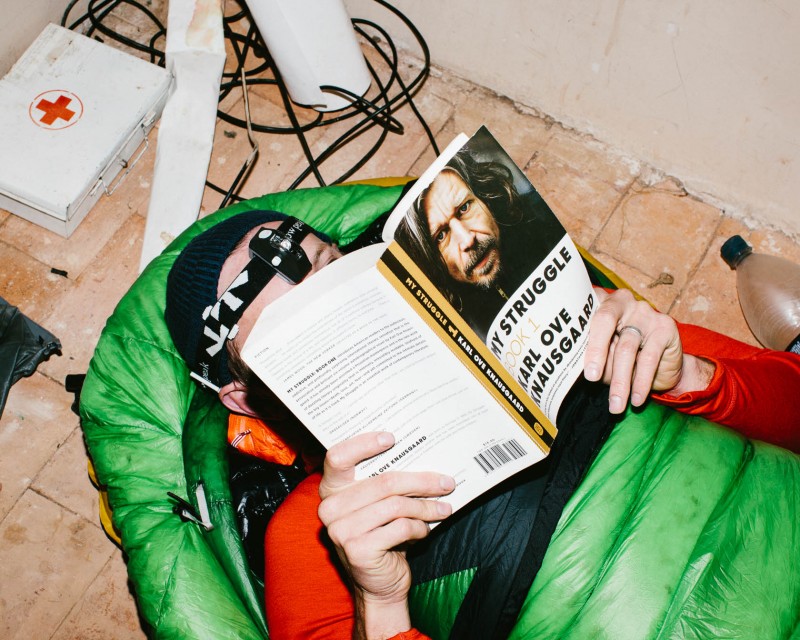
Dillon Maxwell earned a BA in History from Colorado State University. He wrote his thesis on the Spanish Civil War's effects on the Cuban Revolution and did historical fieldwork in Southern Colorado focusing on famed American Explorer Zebulon Pike and the environment Pike encountered in his travels. Dillon lives in Fort Collins, Colorado where he spends his time riding bikes, camping, riffin', and playing drums. Brief Histories: Cordillera Apolobambas by Dillon Maxwell
There are only two places on earth that boast a geography of a high altitude plain topped with lofty snow-capped peaks, high altitude lakes, and swaths of grasslands. One is Tibet, “The Roof of the Earth,” the other spans Bolivia, Peru, and spills into Argentina and Chile, the Altiplano. The average elevation of the Altiplano is 12,300 feet, and it only goes up from there.
Among many mountains in the Altiplano, the Cordillera Apolobamba is a section of the Andes that lay between Peru and Boliva. A majority of mountains in the range are over 17,000 feet in height. The highest point is the mountain of Chawpi Urqu. This peak tops out at 19,829 feet, with a prominence of 5,043 feet, classifying it as an ultra-prominent peak. The range is also home to one of the world’s highest alpine lakes, Lago Suches that sits below the mountain of Machu Such’i Qhuchi.
These ecoregions espouse wondrous biodiversity. Maddidi National park boasts 14% of the Earths bird species, making it one of the world’s largest bird sanctuaries. Ulla Ulla reserve is home to pumas, bears, and the condor. Fauna common to the region are alpacas, llamas and vicunas. Lago Suches is also home to a type of pencil catfish called the Such’i. Now, this is a scary little fish. Not only is it considered a parasite, but it is also rumored to swim up people’s urethras.

 PROJ Y Casting
PROJ Y Casting  PROJ Y WOF
PROJ Y WOF  Lunar Bikepacking
Lunar Bikepacking  Prospectus
Prospectus  The Dead Reckoning Book
The Dead Reckoning Book  starter pack
starter pack  Bikepacking 101
Bikepacking 101  Dead Reck is Dead
Dead Reck is Dead  Introduction
Introduction  Day 01
Day 01  Day 02
Day 02  Introduction
Introduction  Day 01
Day 01  Day 02
Day 02  Day 03
Day 03  Introduction
Introduction  Day 01
Day 01  Day 02
Day 02  Day 03
Day 03  Day 04
Day 04  Day 05
Day 05  Day 06
Day 06  Introduction
Introduction  Day 01
Day 01  Day 02
Day 02  Day 03
Day 03  Day 04
Day 04  Introduction
Introduction  Day 01
Day 01  Day 02
Day 02  Day 03
Day 03  Introduction
Introduction  Day 01
Day 01  Day 02
Day 02  Day 03
Day 03  Introduction
Introduction  Day 00
Day 00  Day 01
Day 01  Day 02
Day 02  Day 03
Day 03  Day 04
Day 04  Instagram Symposium
Instagram Symposium  Introduction
Introduction  Day 00
Day 00  Day 01
Day 01  Day 02
Day 02  Day 03
Day 03  Day 04
Day 04  Day 05
Day 05  Day 06
Day 06  Day 07
Day 07  Introduction
Introduction  Day 00
Day 00  Days 01-02
Days 01-02  Day 03
Day 03  Day 04
Day 04  Day 05
Day 05  Day 06
Day 06  Days 07-08
Days 07-08  Day 09
Day 09  Lord Nerd Beta
Lord Nerd Beta  Base Camp: Motel on Carroll, Dunedin
Base Camp: Motel on Carroll, Dunedin  Day 01: Dunedin to Danseys Inn
Day 01: Dunedin to Danseys Inn  Day 02: Danseys Pass to Ida Railway Hut
Day 02: Danseys Pass to Ida Railway Hut  Day 03: Ida Railway Hut to Omarama Pass
Day 03: Ida Railway Hut to Omarama Pass  Day 04: Omarama to Huxley Forks
Day 04: Omarama to Huxley Forks  Day 05: Huxely Forks to Brodrick Pass
Day 05: Huxely Forks to Brodrick Pass  Day 06: Brodrick Pass to Wanaka
Day 06: Brodrick Pass to Wanaka  Lord Nerd Beta
Lord Nerd Beta  Preface
Preface  Day 01: Charazani to Hichocollo
Day 01: Charazani to Hichocollo  Day 02: Hichocollo to Pelechuco
Day 02: Hichocollo to Pelechuco  Day 03: Pelechuco to Mountainside Bivouac #1
Day 03: Pelechuco to Mountainside Bivouac #1  Day 04: Mountainside Bivouac #1 to Hilo Hilo
Day 04: Mountainside Bivouac #1 to Hilo Hilo  Day 05: Hilo Hilo to Mountainside Bivouac #2
Day 05: Hilo Hilo to Mountainside Bivouac #2  Day 06: Mountainside Bivouac #2 to Curva
Day 06: Mountainside Bivouac #2 to Curva  Outro
Outro  Lord Nerd Beta
Lord Nerd Beta  Day 01: Oasis to Bishop
Day 01: Oasis to Bishop  Day 02: Bishop to North Lake
Day 02: Bishop to North Lake  Day 03: North Lake to Piute Pass and Back to Piute Lake
Day 03: North Lake to Piute Pass and Back to Piute Lake  Day 04: Piute Lake to Bishop
Day 04: Piute Lake to Bishop  Day 05: Mono Hot Springs
Day 05: Mono Hot Springs  Lord Nerd Beta
Lord Nerd Beta  Day 00: The Approach
Day 00: The Approach  Day 01: Tyax Lodge to Iron Pass
Day 01: Tyax Lodge to Iron Pass  Day 02: Iron Pass to Graveyard Valley
Day 02: Iron Pass to Graveyard Valley  Day 03: Graveyard Valley to Trigger Lake
Day 03: Graveyard Valley to Trigger Lake  Day 04: Trigger Lake to Tyax Lodge
Day 04: Trigger Lake to Tyax Lodge  Flooded with Feeling
Flooded with Feeling  Wilderness
Wilderness  Mike Cherney on Black Bears
Mike Cherney on Black Bears  Rope Swing
Rope Swing  Slash Piles
Slash Piles  Nylon
Nylon  Conversations with a Black Bear
Conversations with a Black Bear  US Route 93
US Route 93  Turnagain Mud Flats
Turnagain Mud Flats  Bushwhacking in British Columbia
Bushwhacking in British Columbia  Men’s Penury
Men’s Penury  Bob Dittler et. al.
Bob Dittler et. al.  Bushwhacking in the MSOJ
Bushwhacking in the MSOJ  Mike Cherney’s Knife
Mike Cherney’s Knife  Hideout, UT
Hideout, UT  Hoover Dam
Hoover Dam  Shoe Tree
Shoe Tree  Destruction
Destruction  The Siskiyou Mountain Club
The Siskiyou Mountain Club  Coral Pink Sand Dunes State Park
Coral Pink Sand Dunes State Park  EN 417 – Normes Européennes 417 – The Lindal Valve
EN 417 – Normes Européennes 417 – The Lindal Valve  Wolf Satellite
Wolf Satellite  Itchy and Scratchy
Itchy and Scratchy  Tanoak Dust
Tanoak Dust  Lake Havasu
Lake Havasu  Knife Fighting
Knife Fighting  The Comfort Inn Covenant
The Comfort Inn Covenant  The Wrong/Right Way To Experience Montauk
The Wrong/Right Way To Experience Montauk  Ohiopyle Falls
Ohiopyle Falls  Allosaurus via Lean-to
Allosaurus via Lean-to  Lyle Ruterbories, Glacier National Park Ranger
Lyle Ruterbories, Glacier National Park Ranger  Water Interface Experimentation (WIE)
Water Interface Experimentation (WIE)  OSOs & UOSOs e.g., Mt. Oberlin
OSOs & UOSOs e.g., Mt. Oberlin  Louisiana Custom Cars
Louisiana Custom Cars  Archaeologizing, Pt. II
Archaeologizing, Pt. II  Archaeologizing, Pt. I
Archaeologizing, Pt. I  Mather Point
Mather Point  Sarah Plummer Lemmon & Matt Hall
Sarah Plummer Lemmon & Matt Hall  Kangaroo Lake and Fran
Kangaroo Lake and Fran  Minor Religions of the Mt. Shasta Region
Minor Religions of the Mt. Shasta Region  The Fist Bump
The Fist Bump  The Ideal Shelter
The Ideal Shelter  Headwaters of the Sacramento River
Headwaters of the Sacramento River  Buckle Bunnies
Buckle Bunnies  DFKWA: Baldface Creek - Part I
DFKWA: Baldface Creek - Part I  Mule Deer Radio Collaring
Mule Deer Radio Collaring  The Disappearance of Everett Ruess
The Disappearance of Everett Ruess  Dall Sheep Kebabs
Dall Sheep Kebabs  The Ideal Woodsman Knife
The Ideal Woodsman Knife  DFKWA: Rough and Ready Creek - Part I
DFKWA: Rough and Ready Creek - Part I  Rowdy Water
Rowdy Water  Killing a Mountain Caribou
Killing a Mountain Caribou  Boredom, Slingshots, and Prairie Dogs
Boredom, Slingshots, and Prairie Dogs  We Would Like to Visit
We Would Like to Visit  Black Bear Ranch
Black Bear Ranch  Origins
Origins  The Heart of the Klamath
The Heart of the Klamath  Skid Town Bicycles
Skid Town Bicycles  Low Stress Management
Low Stress Management  CLUB MACHO
CLUB MACHO  Club Macho Ep. 01
Club Macho Ep. 01  Club Macho Ep. 02
Club Macho Ep. 02  Club Macho Ep. 03
Club Macho Ep. 03  Cumberland Permanent
Cumberland Permanent  Iron Goat Permanent
Iron Goat Permanent  Natchez Trace Permanent
Natchez Trace Permanent  Trail of Tears Permanent
Trail of Tears Permanent  (Dis)Enchanted Rock Permanent
(Dis)Enchanted Rock Permanent  MSOJ Permanent
MSOJ Permanent  Shorty Peak Lookout
Shorty Peak Lookout  Deer Ridge Lookout
Deer Ridge Lookout  Arid Peak Lookout
Arid Peak Lookout  Flag Point Lookout
Flag Point Lookout  Umpqua Hot Springs
Umpqua Hot Springs  Cougar Hot Springs
Cougar Hot Springs  Bagby Hot Springs
Bagby Hot Springs  Goldbug Hot Springs
Goldbug Hot Springs  Ft. Bridger Rendezvous
Ft. Bridger Rendezvous  Corndoggin’ Castle Lake
Corndoggin’ Castle Lake  Kangaroo Lake
Kangaroo Lake  The Narrows
The Narrows  Matthews Creek
Matthews Creek  Introduction
Introduction 

